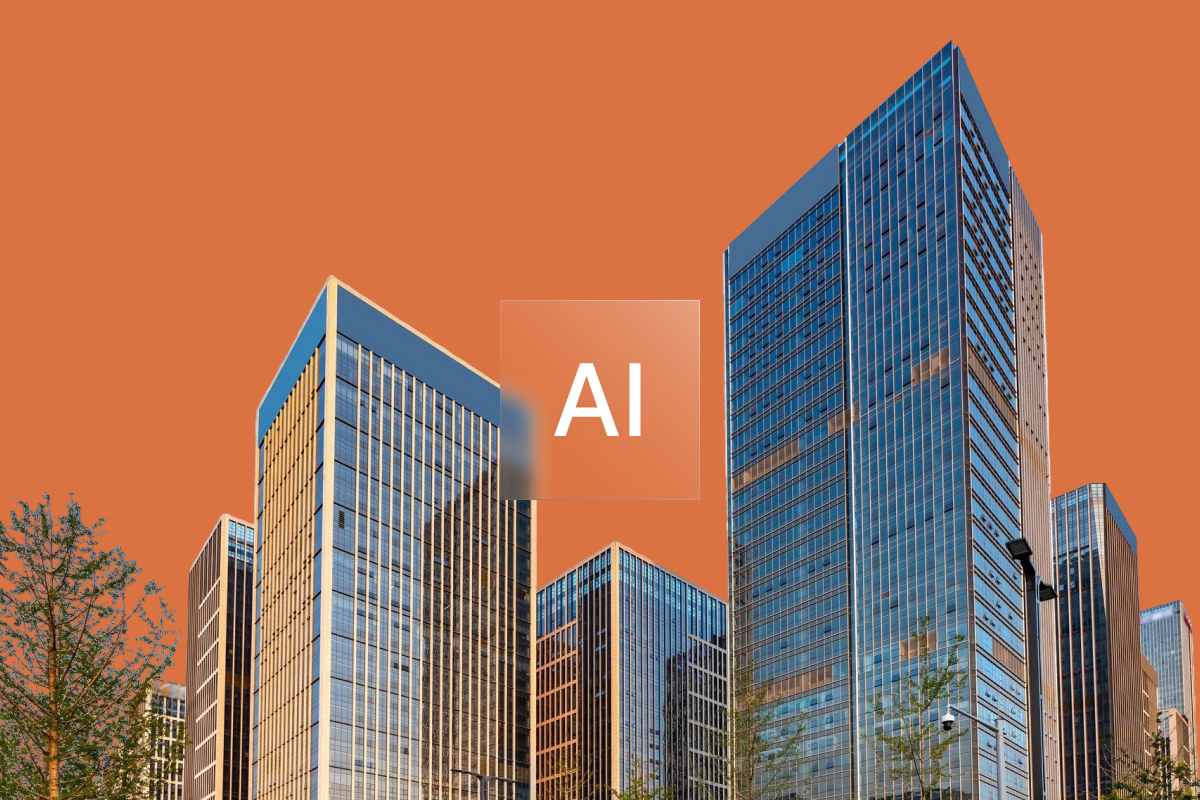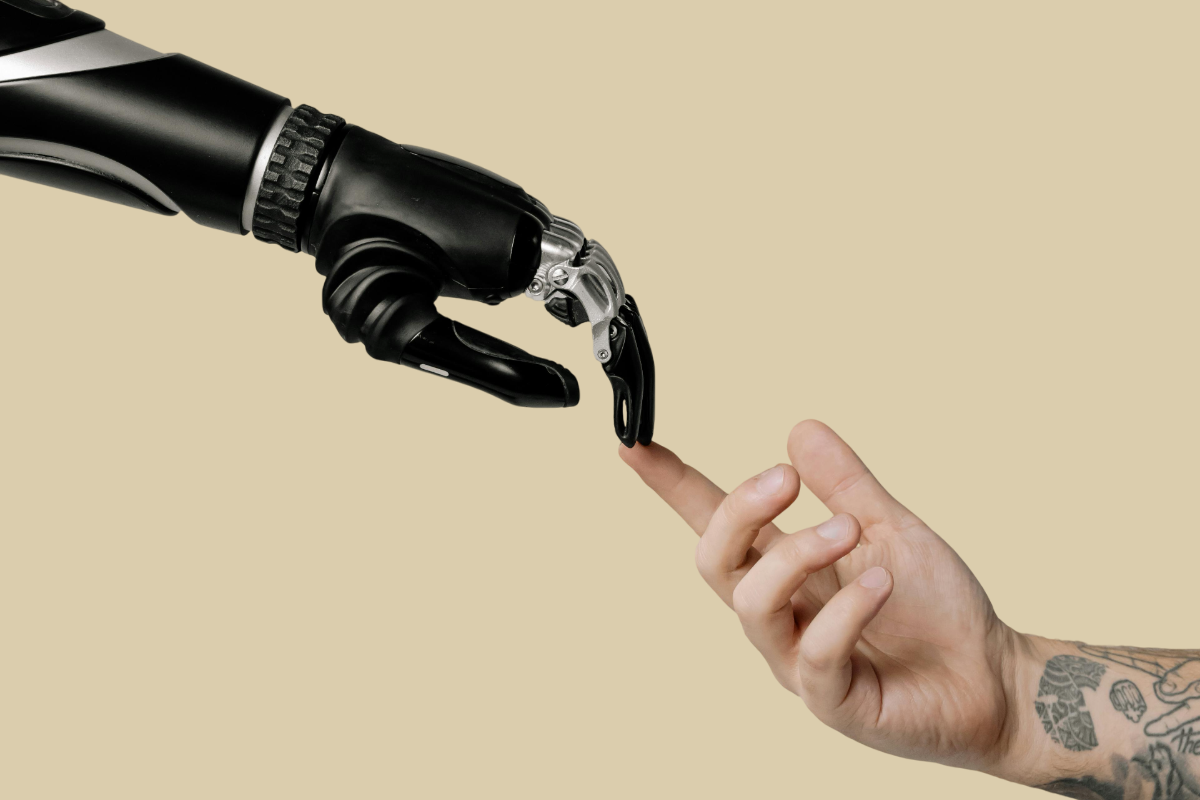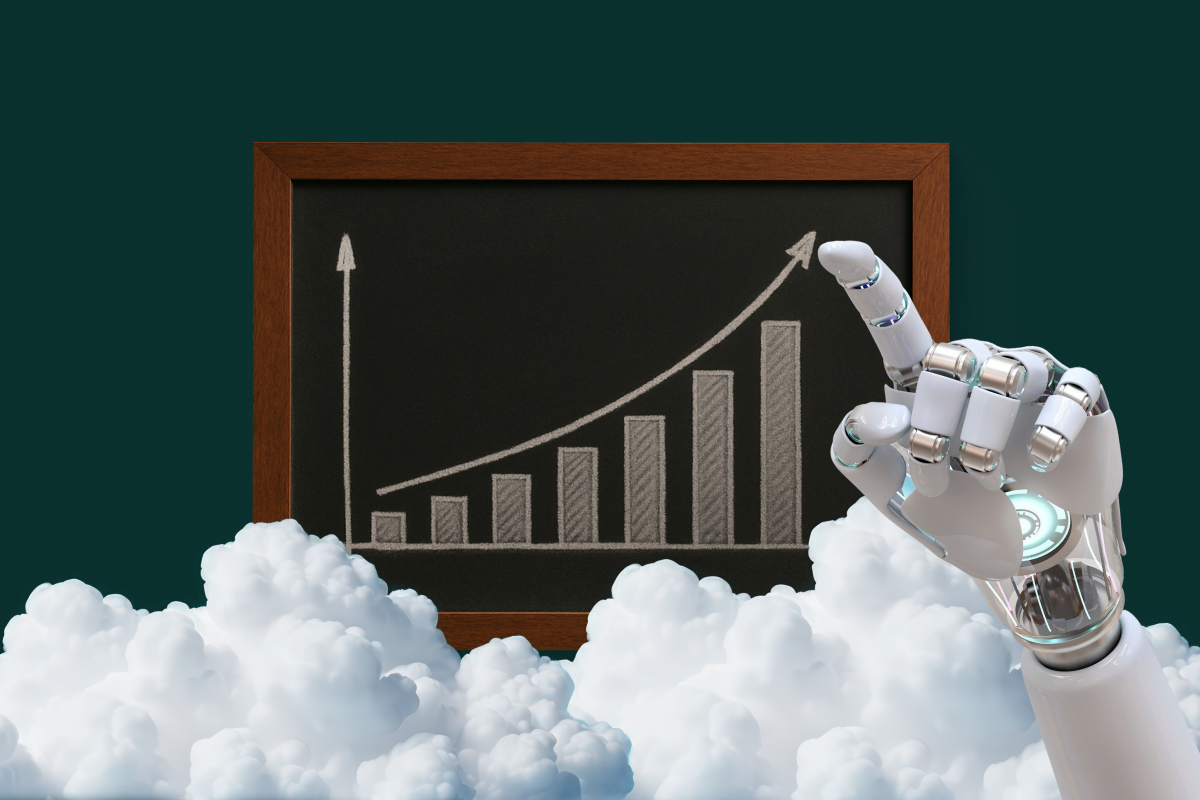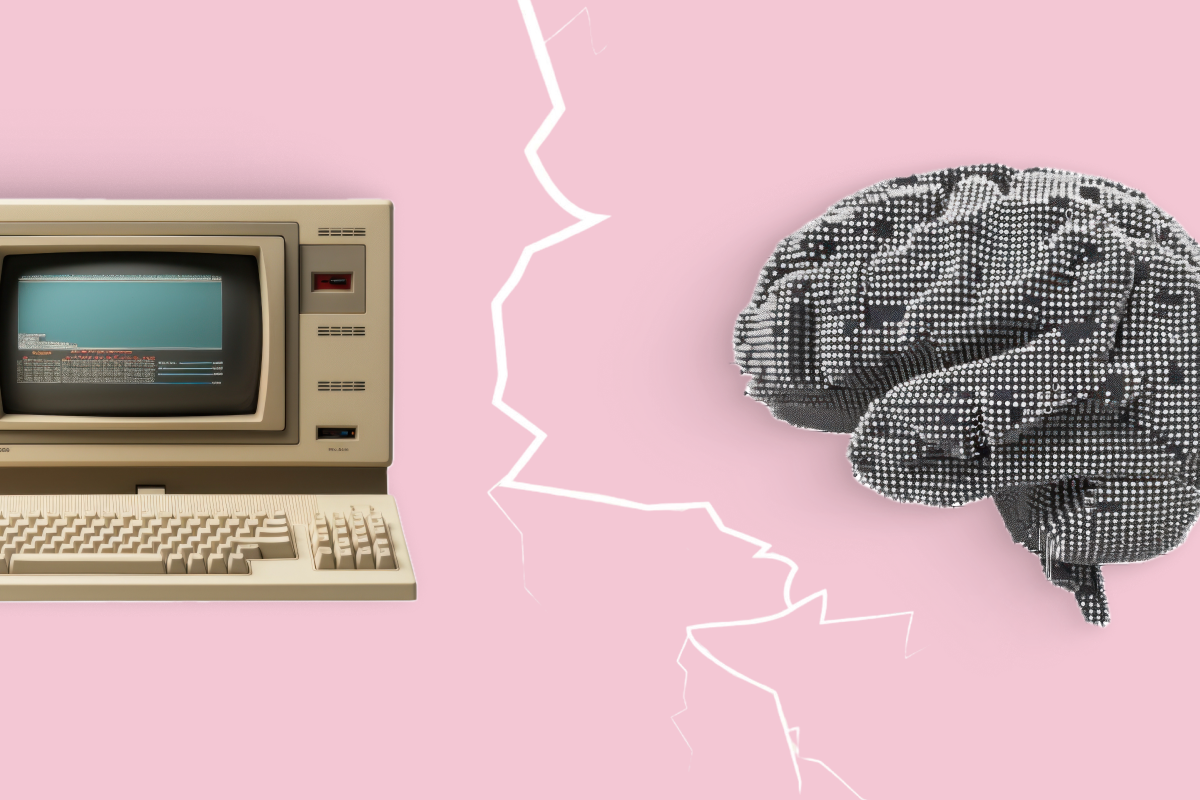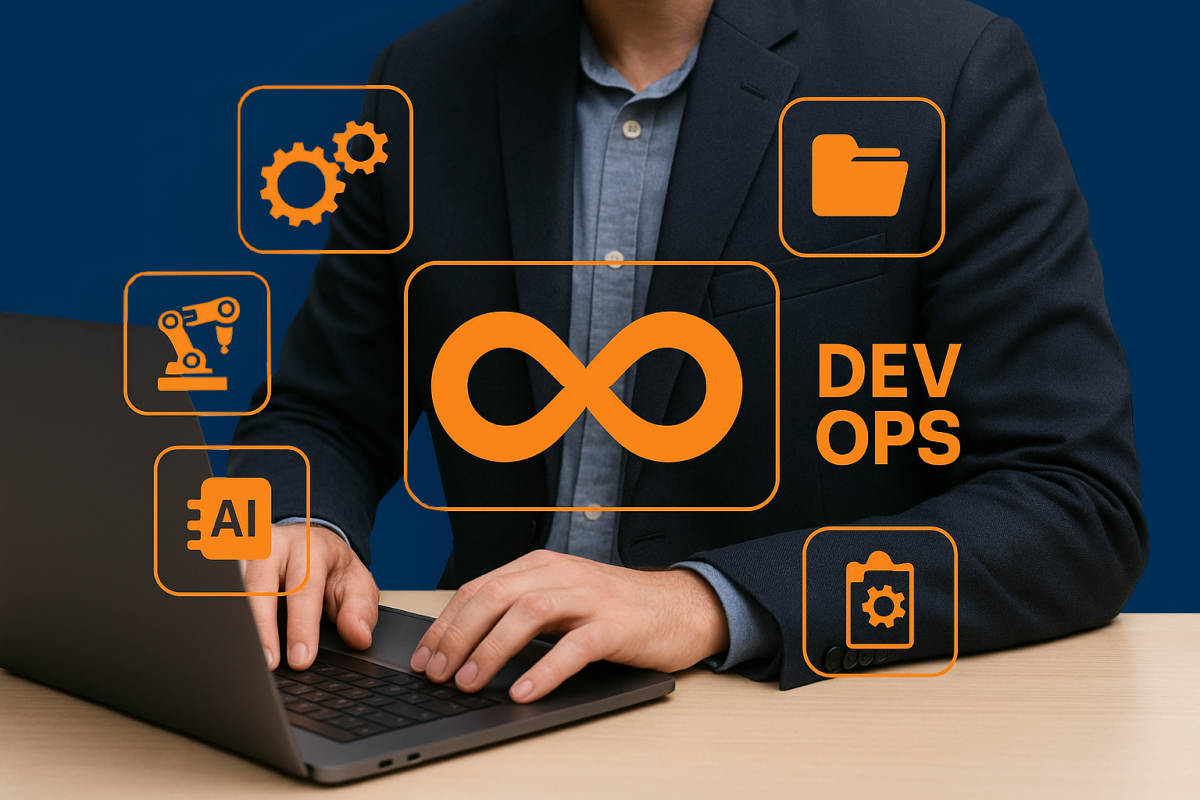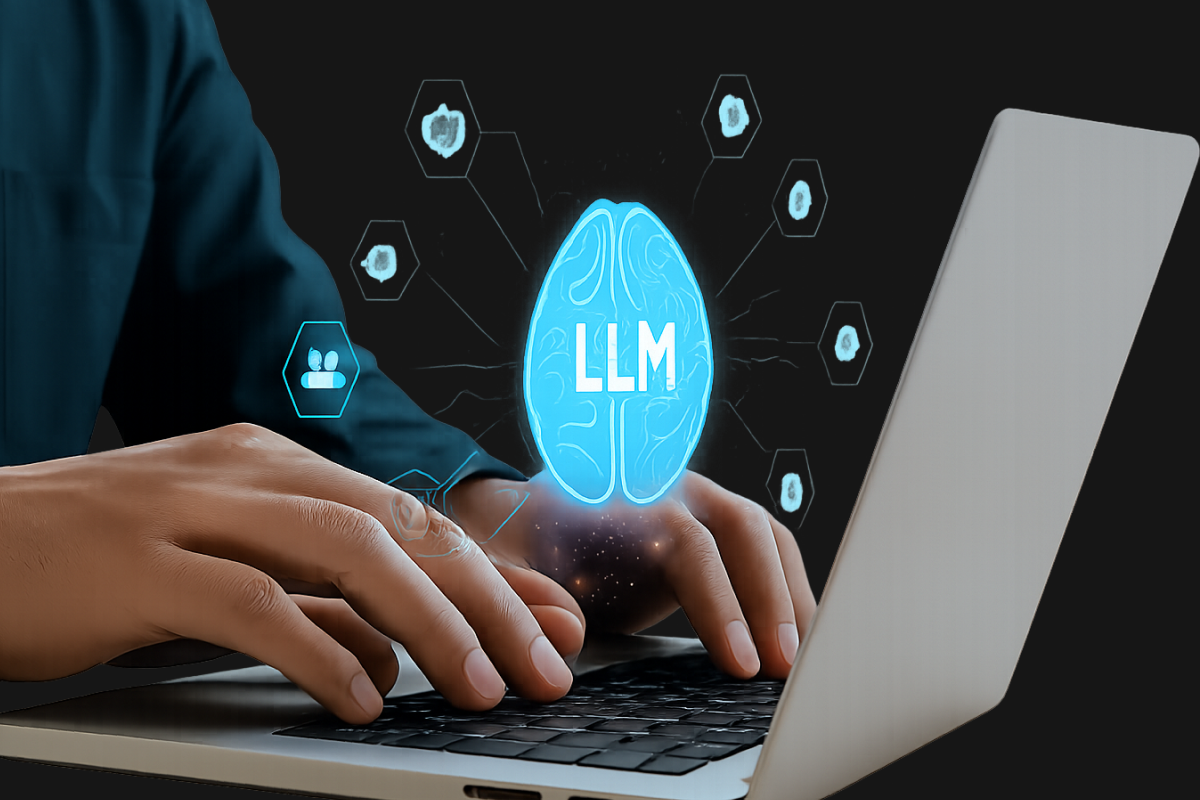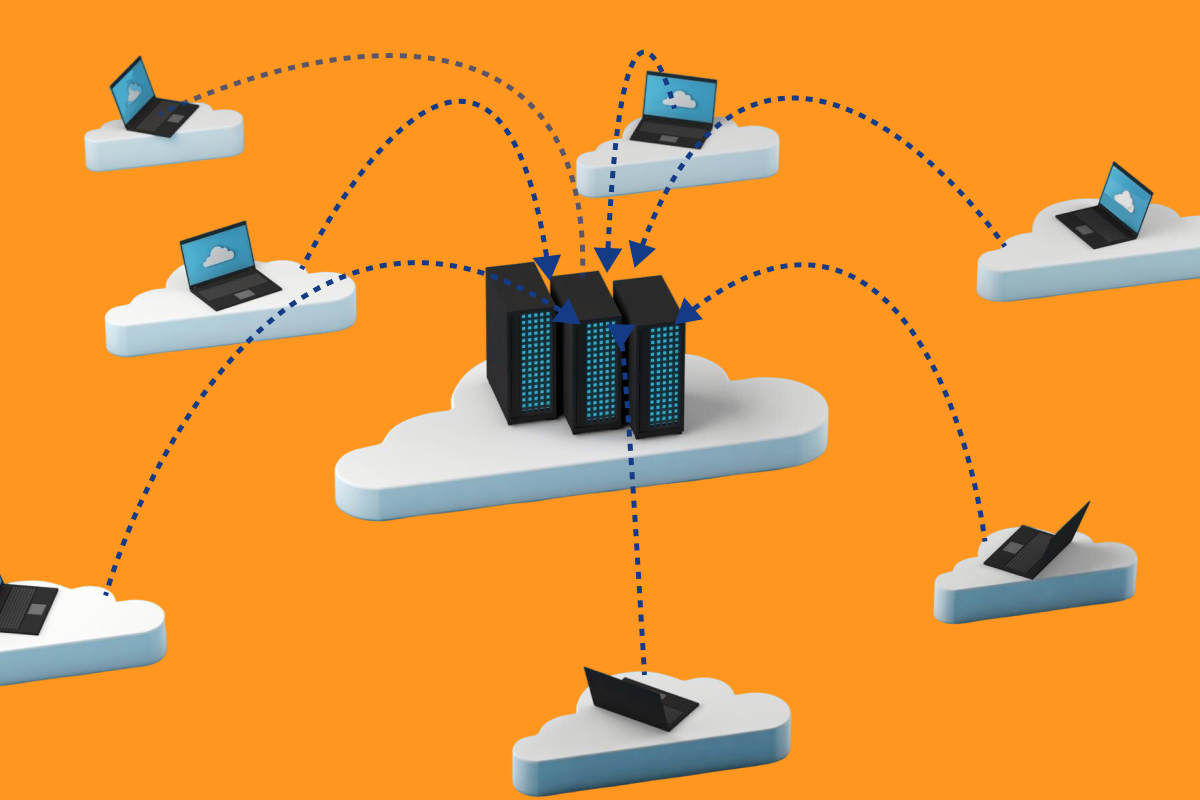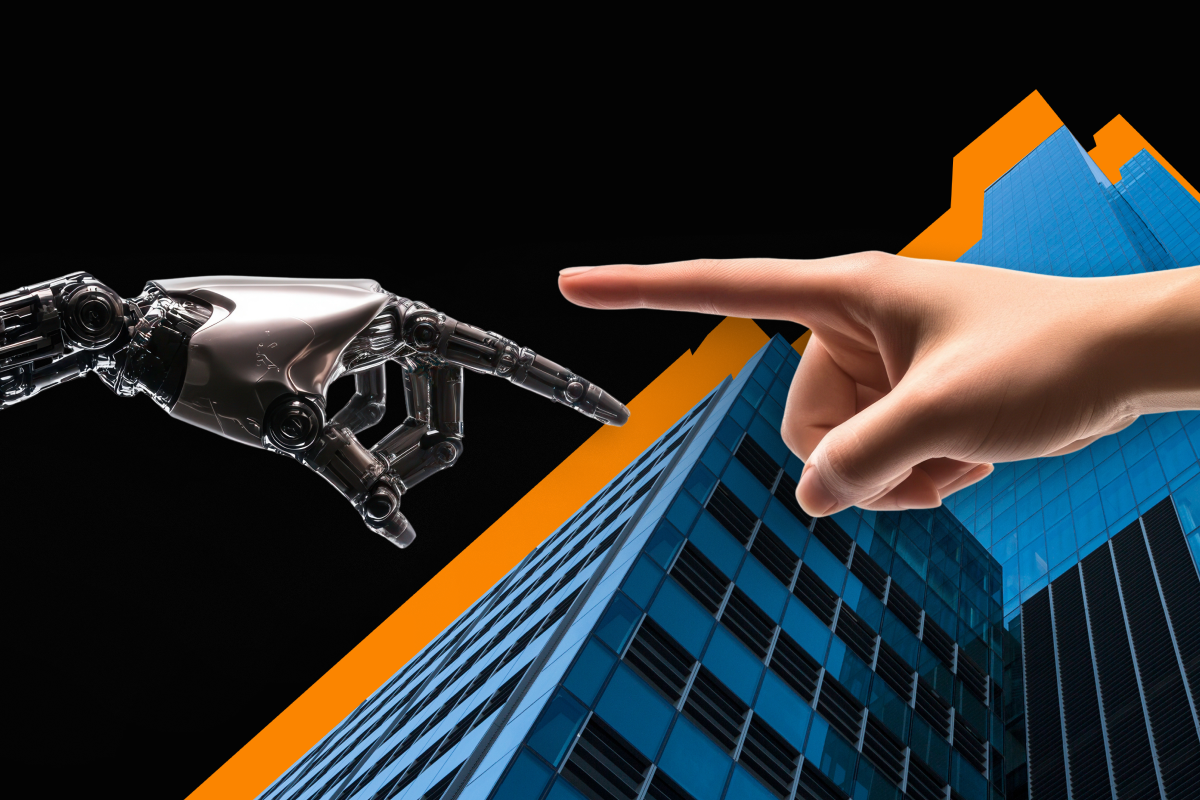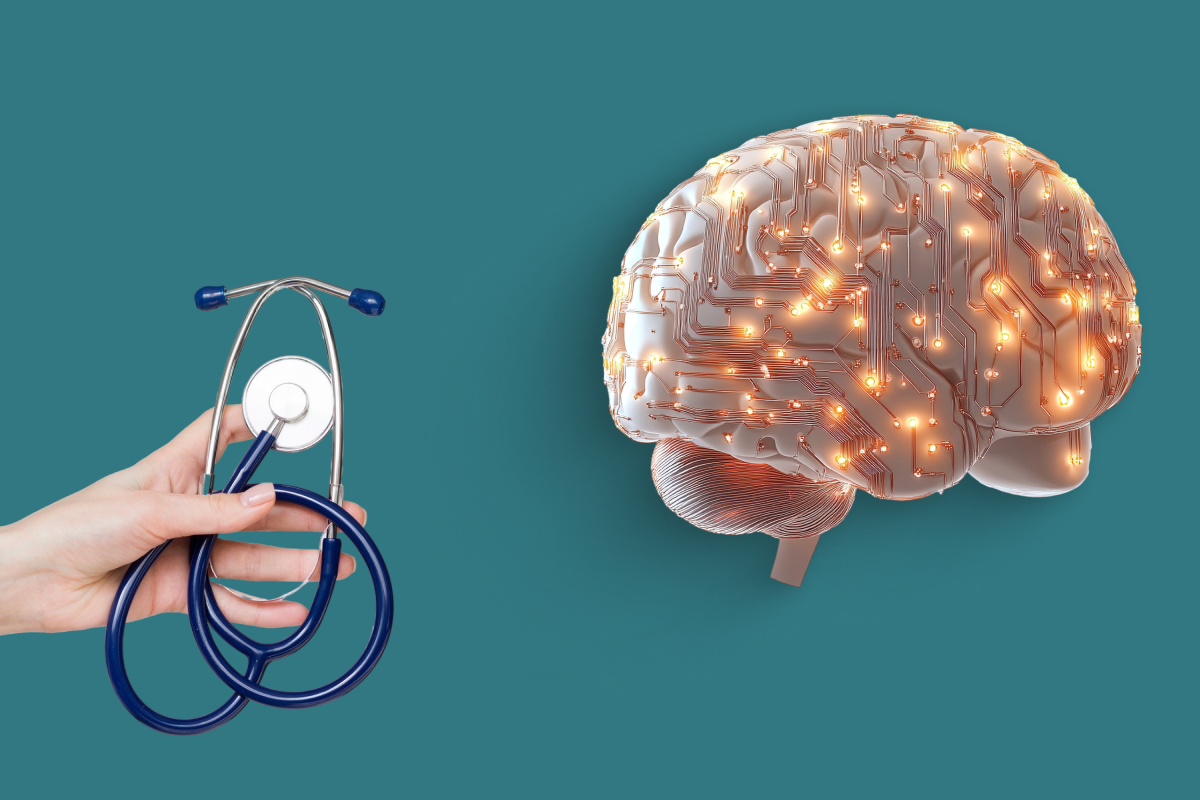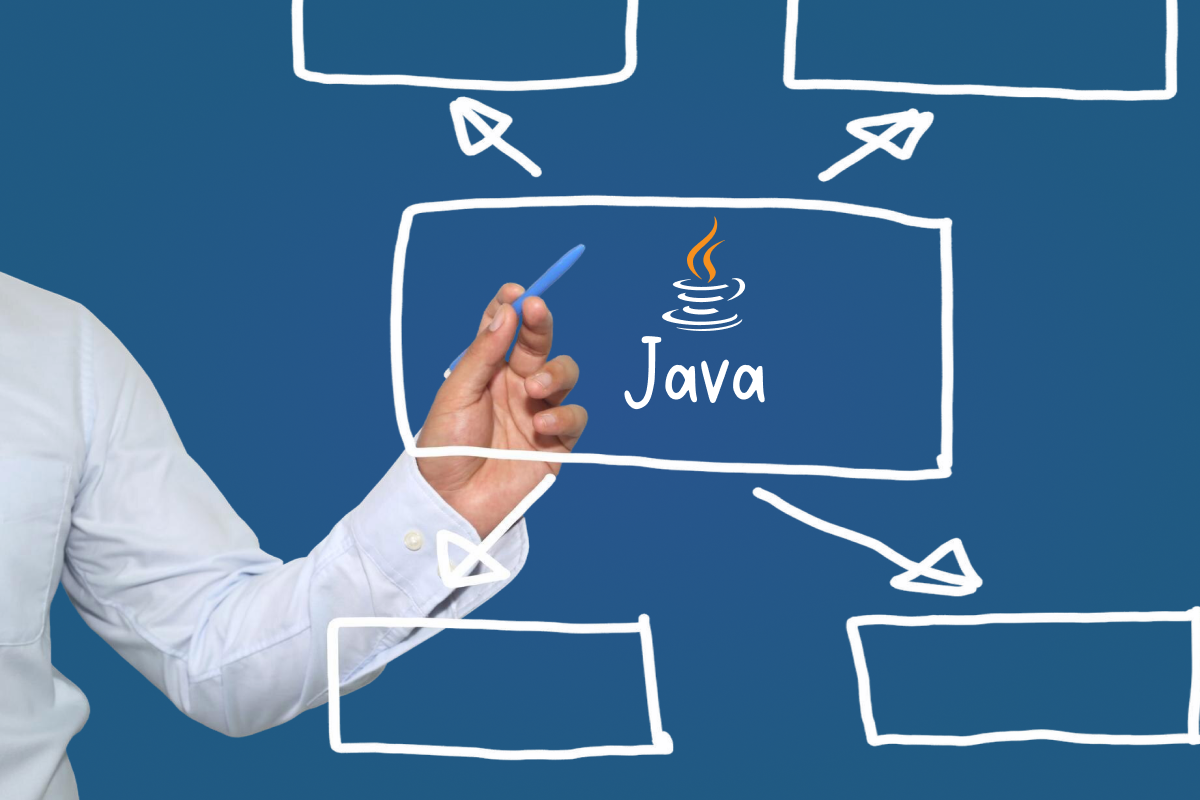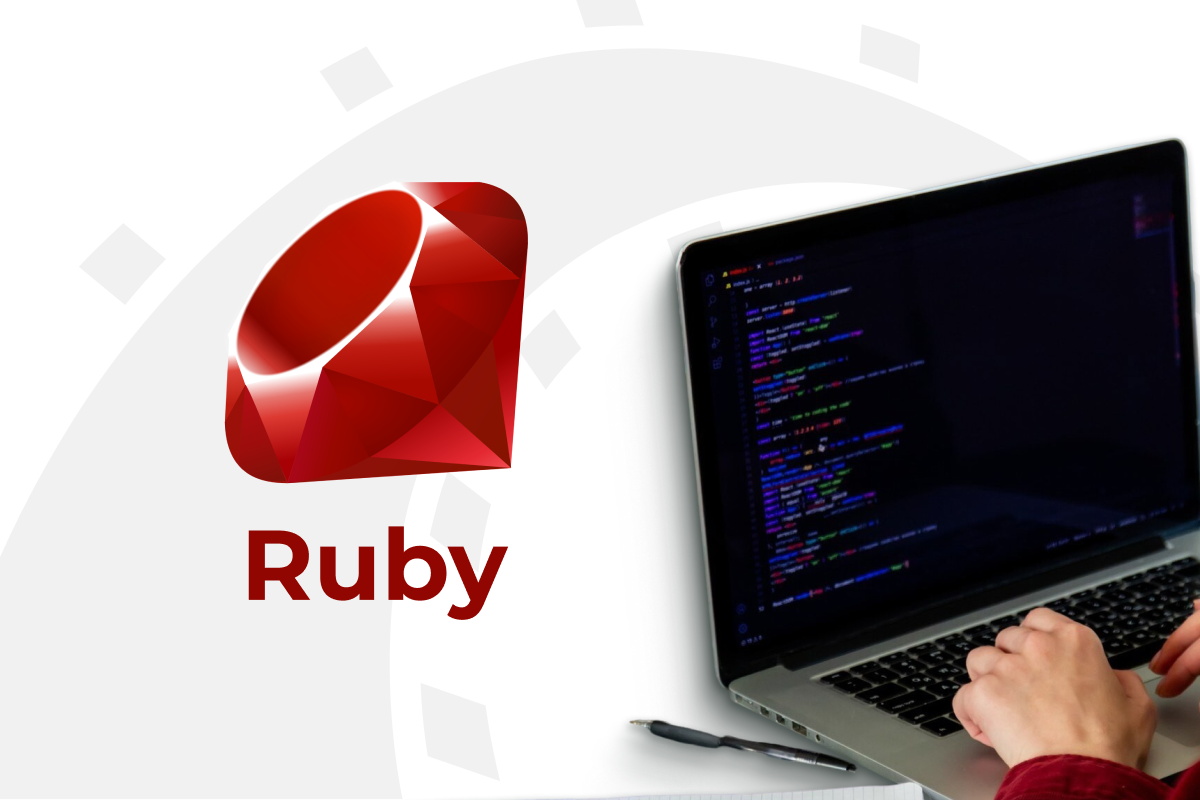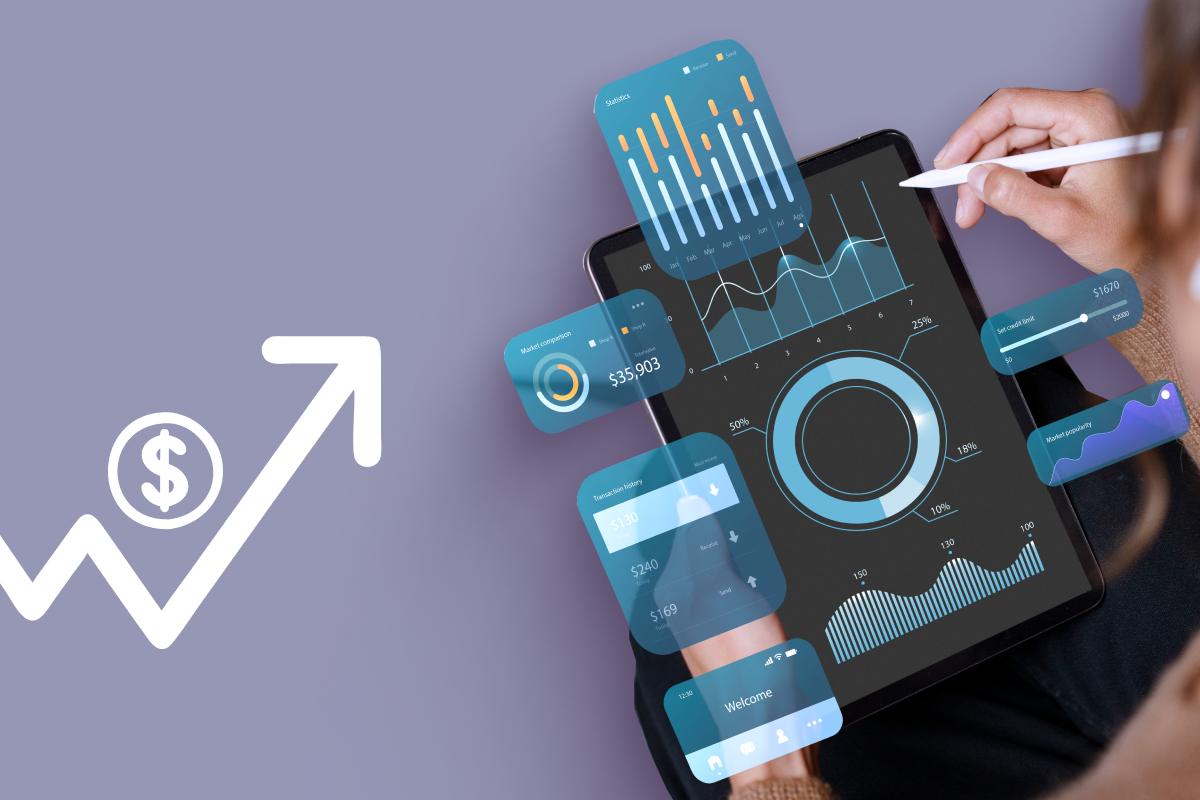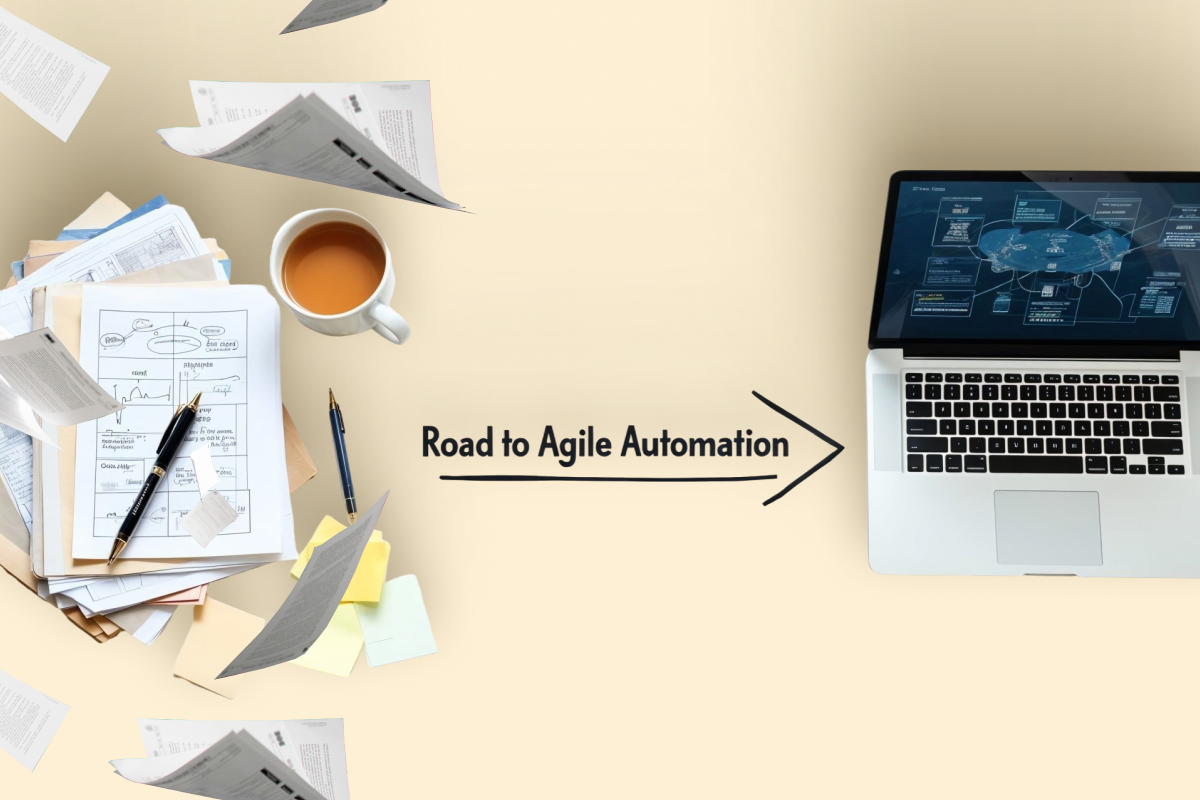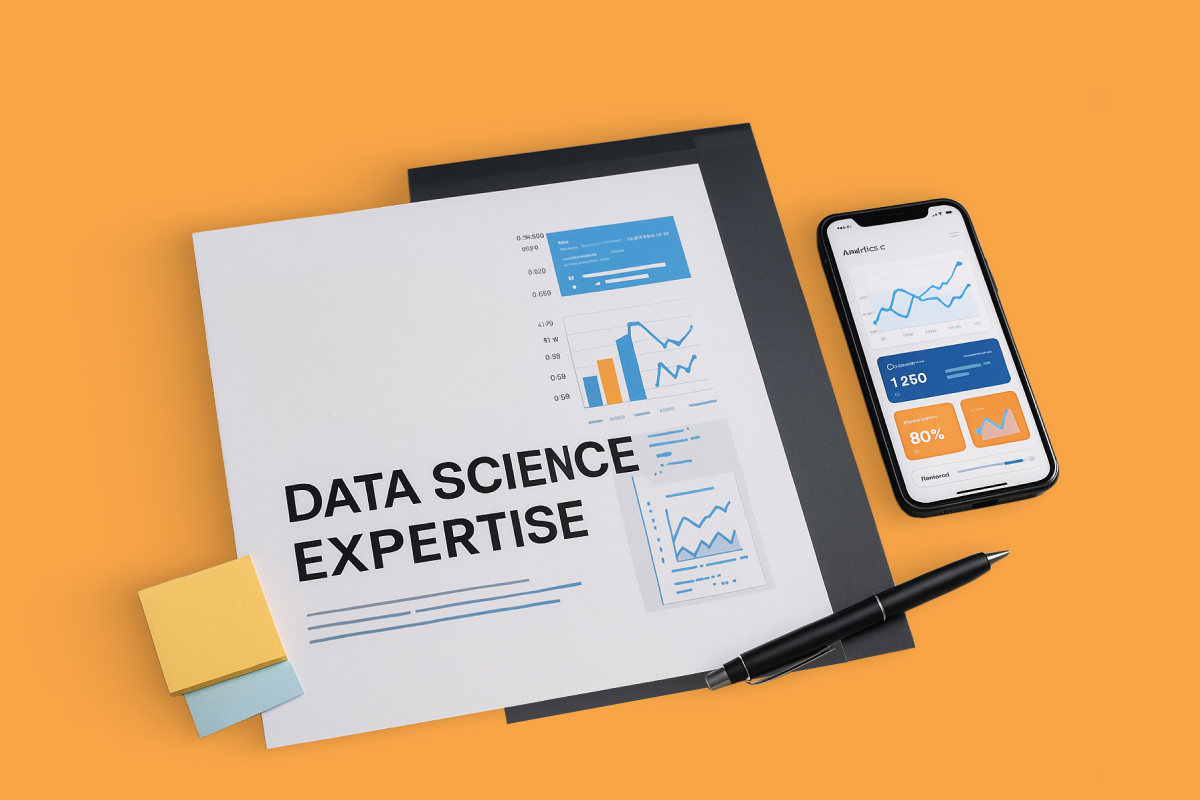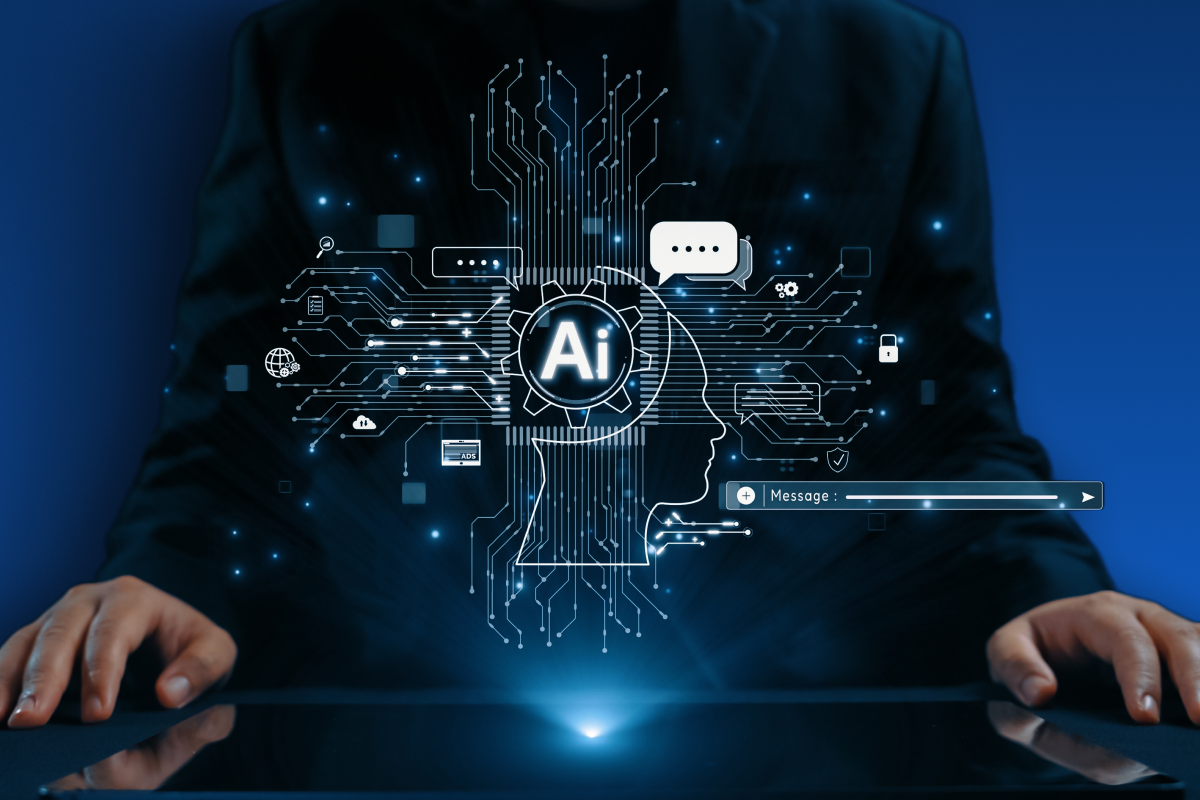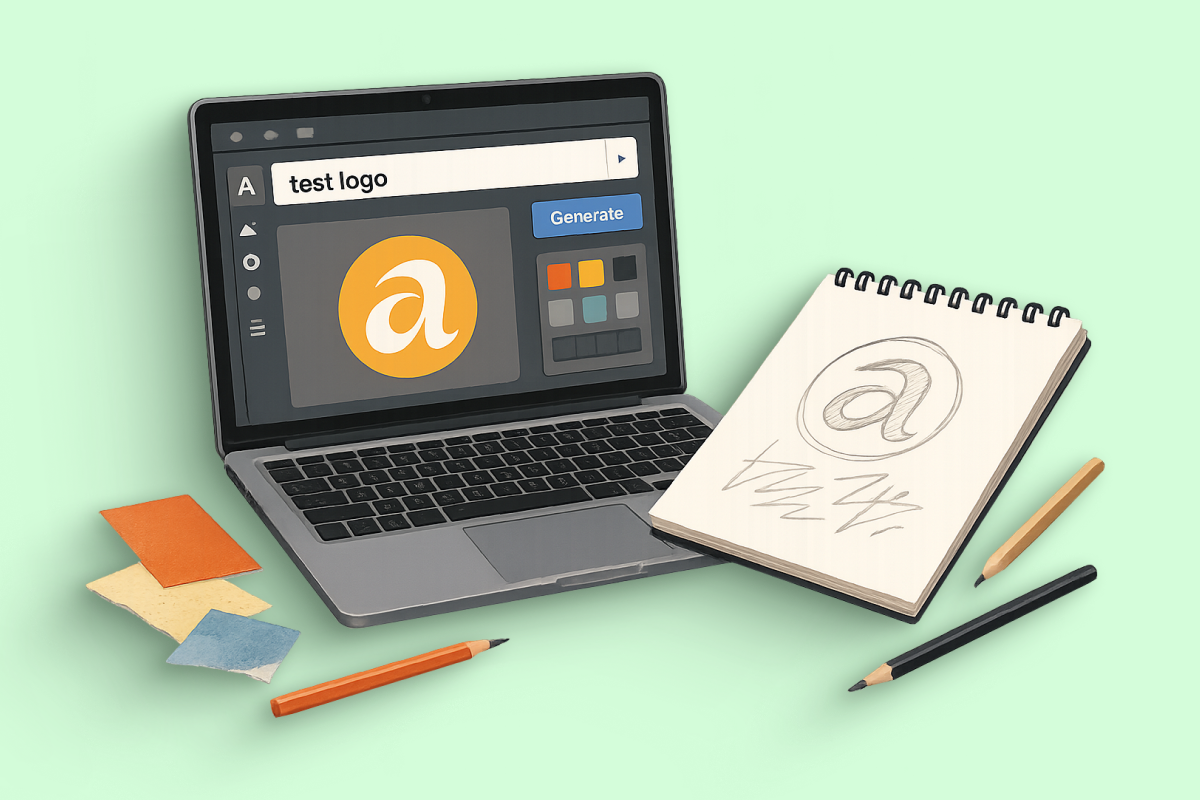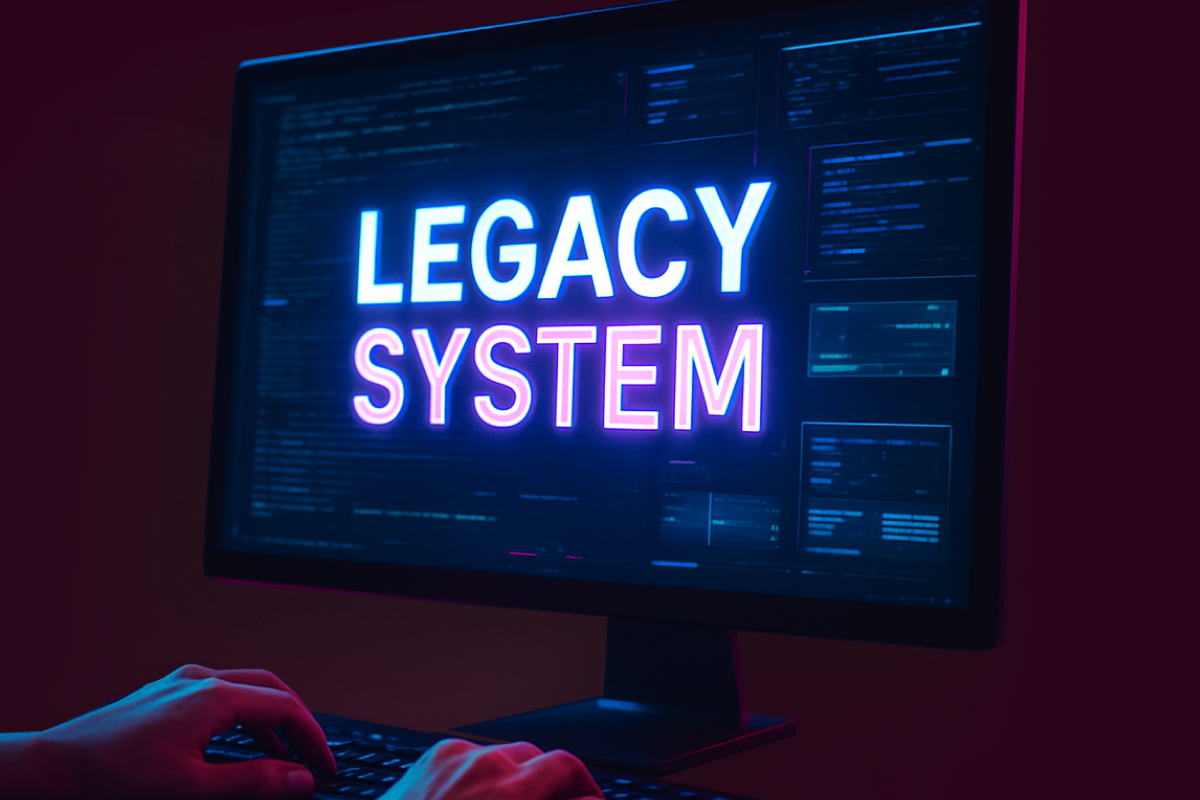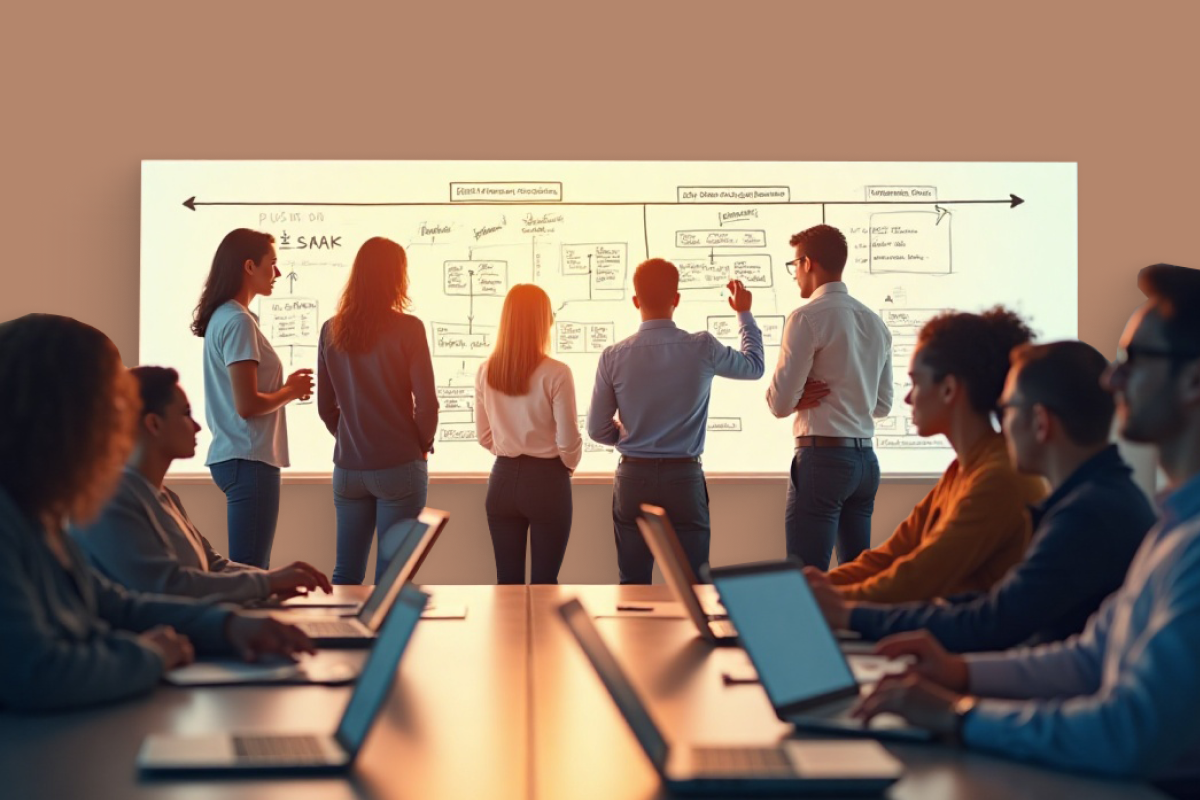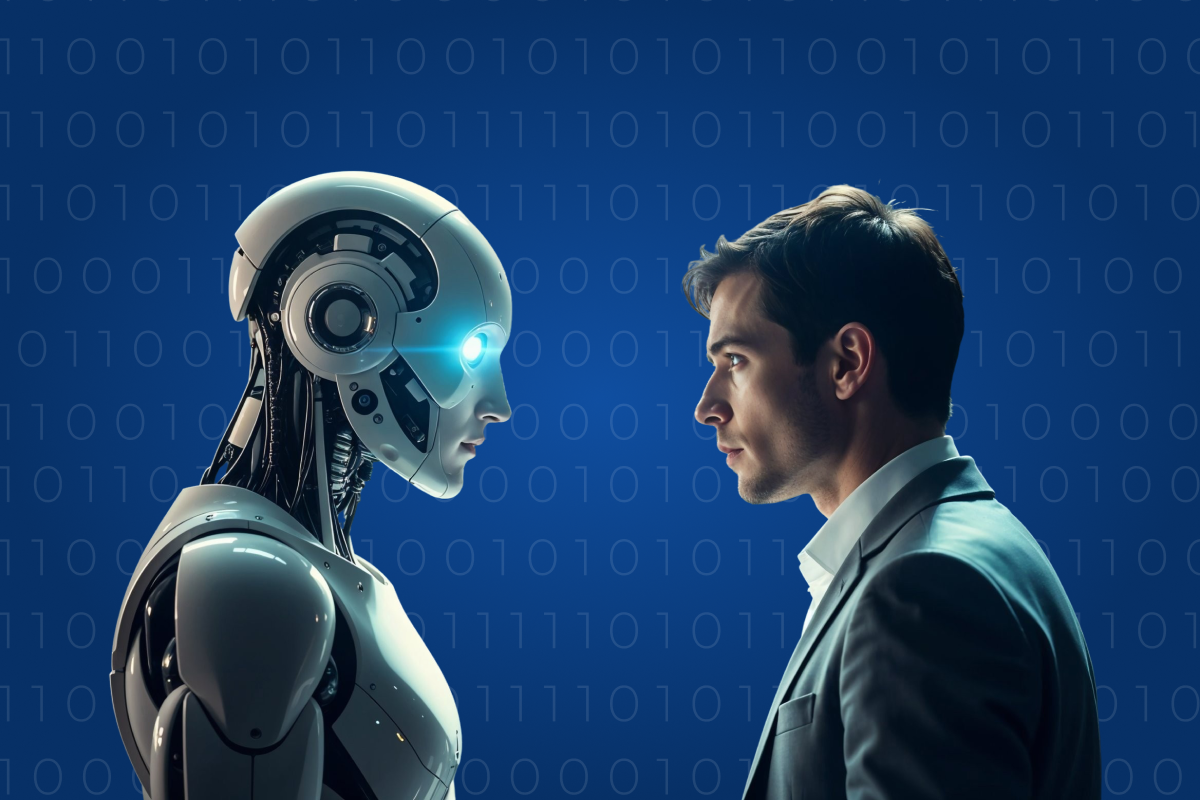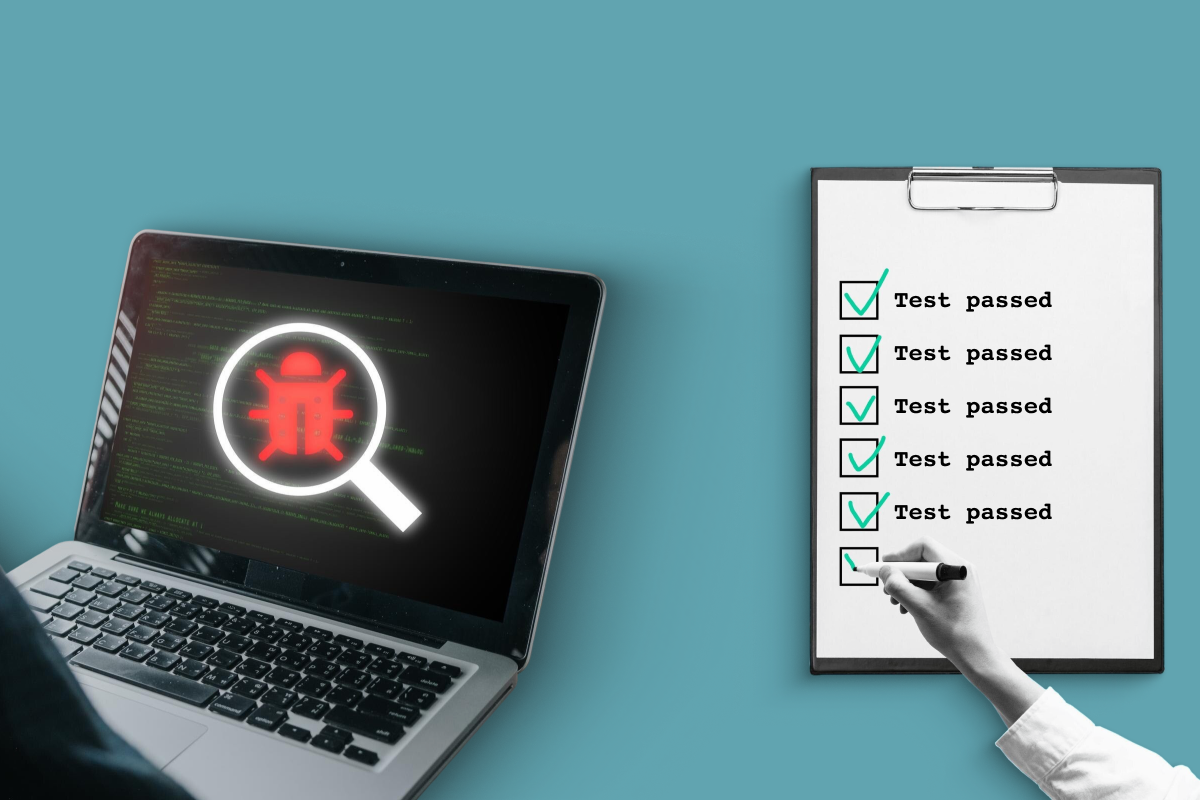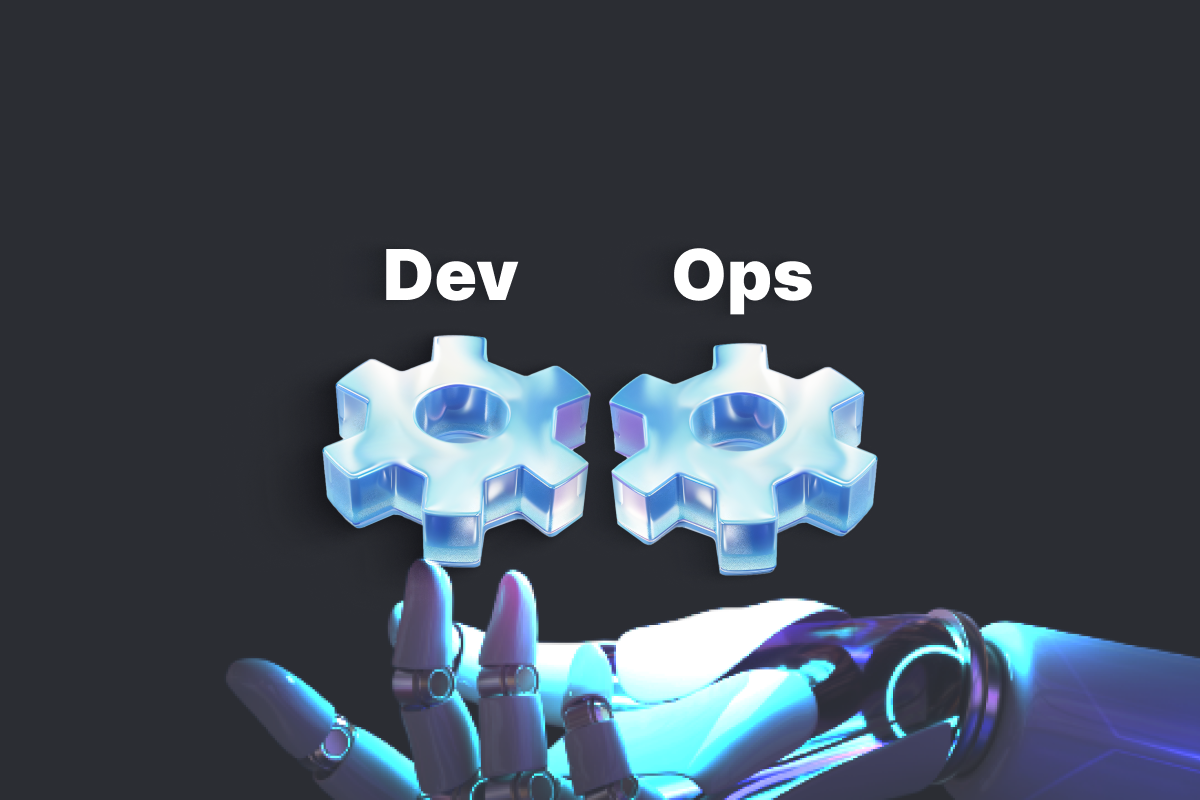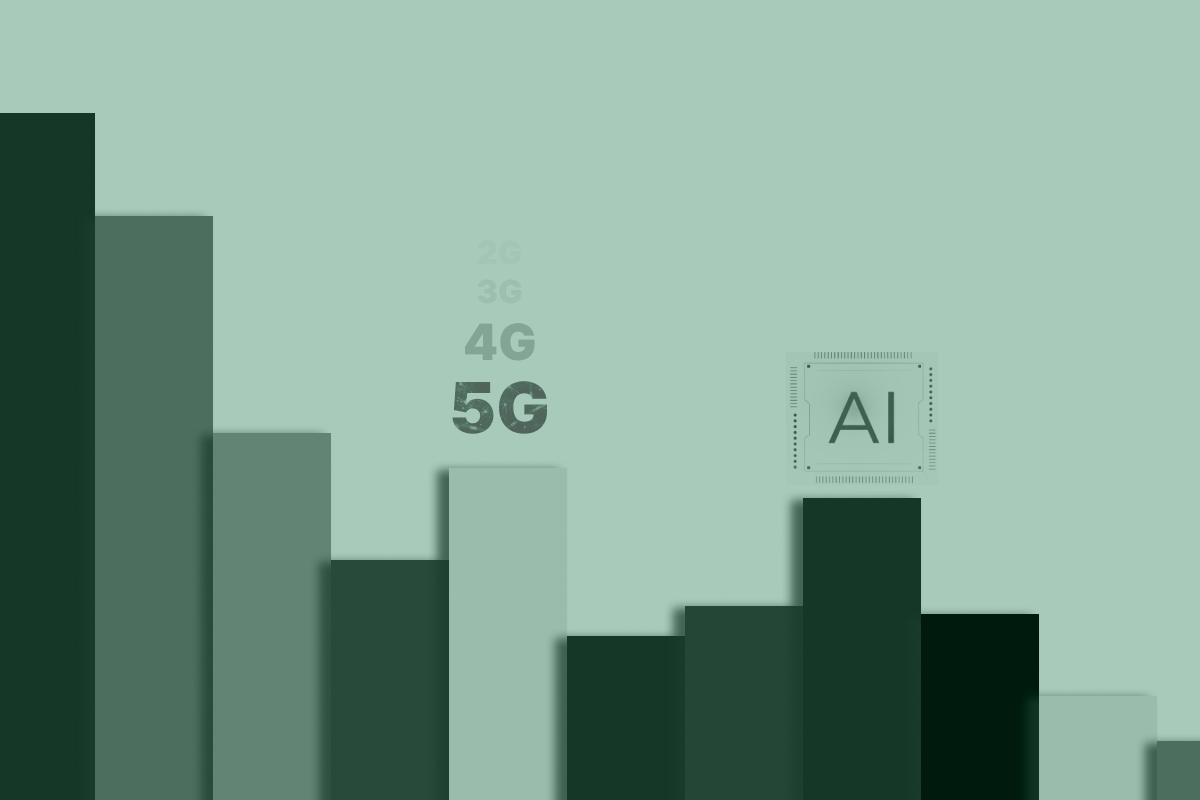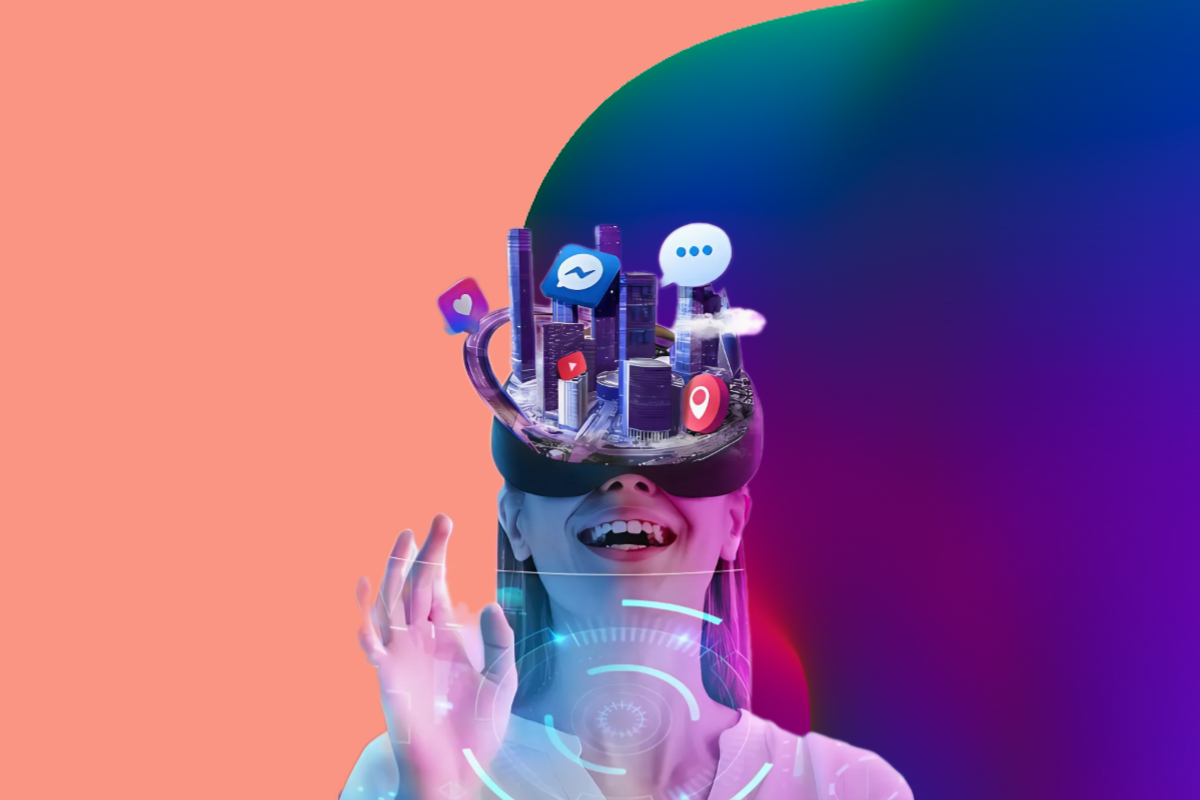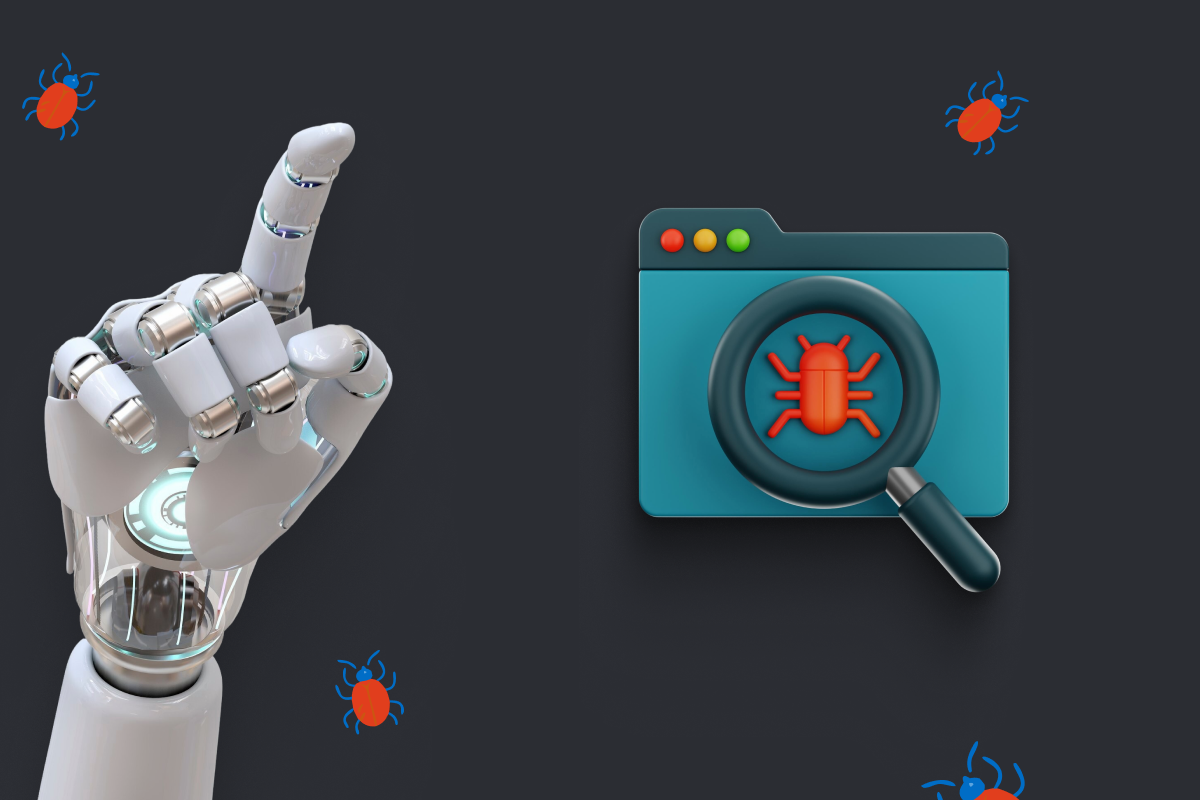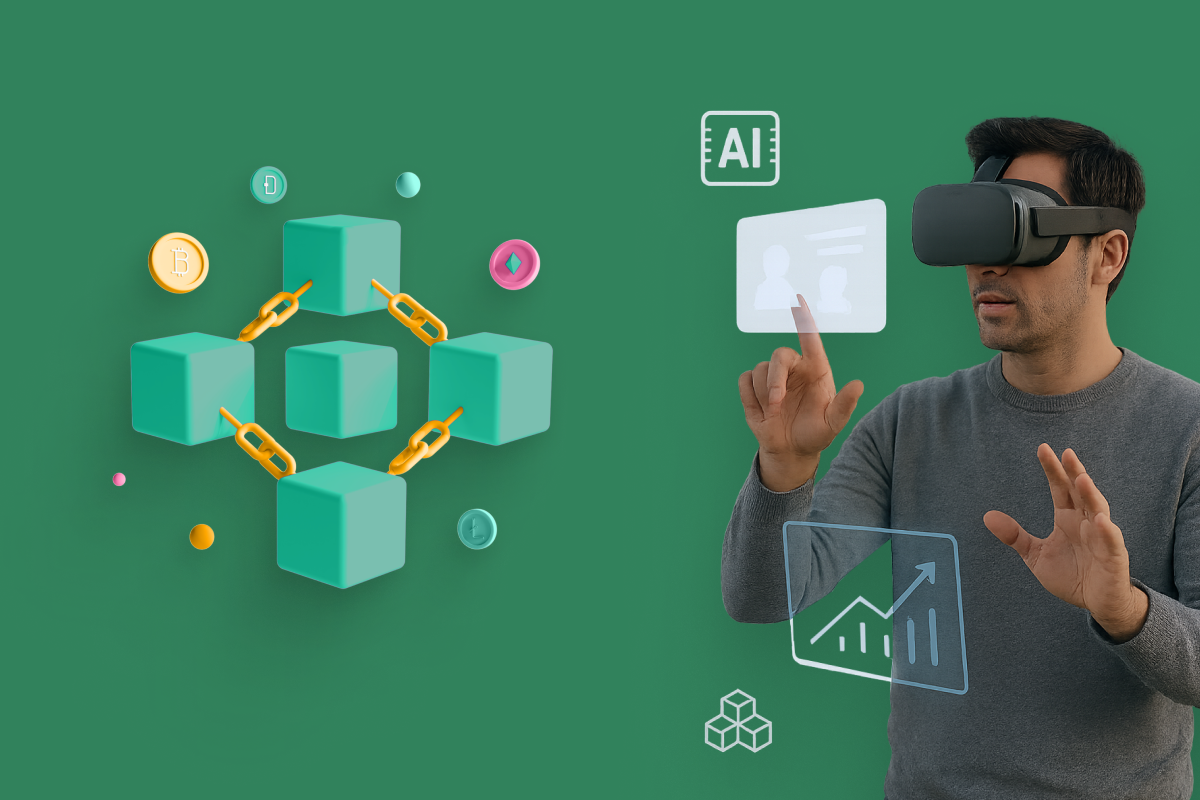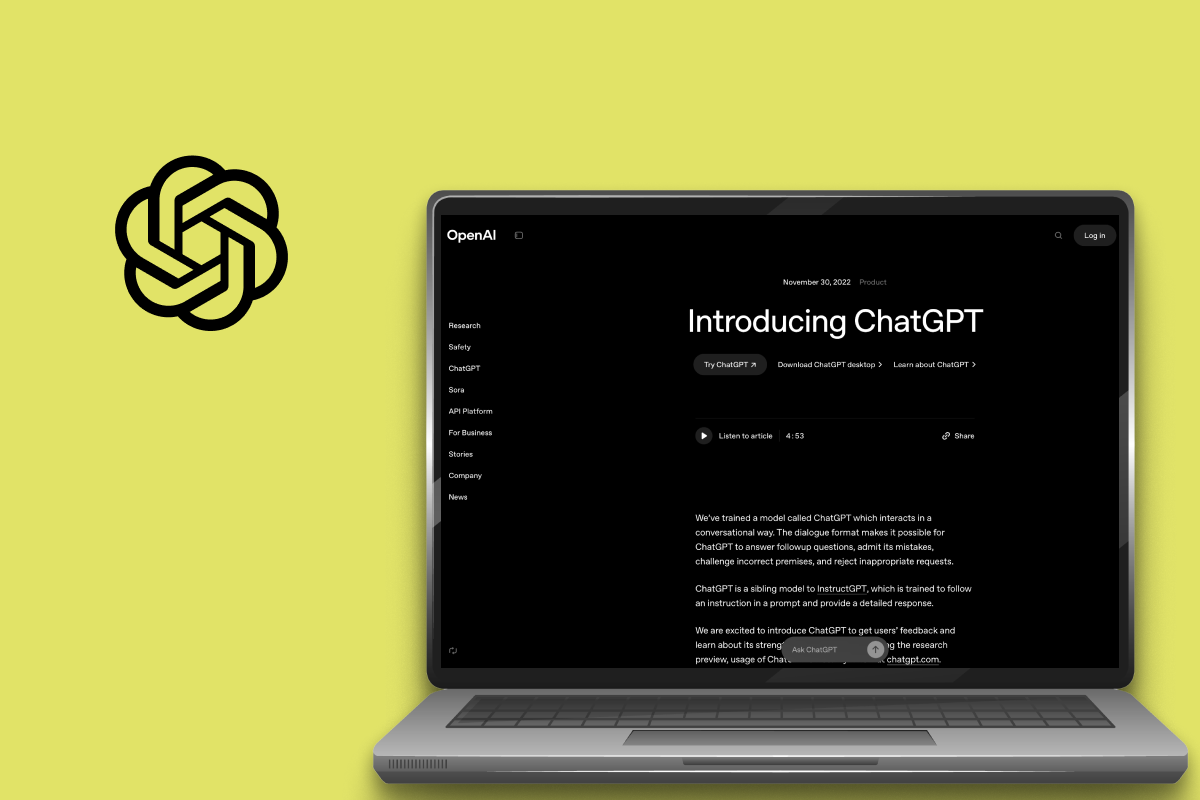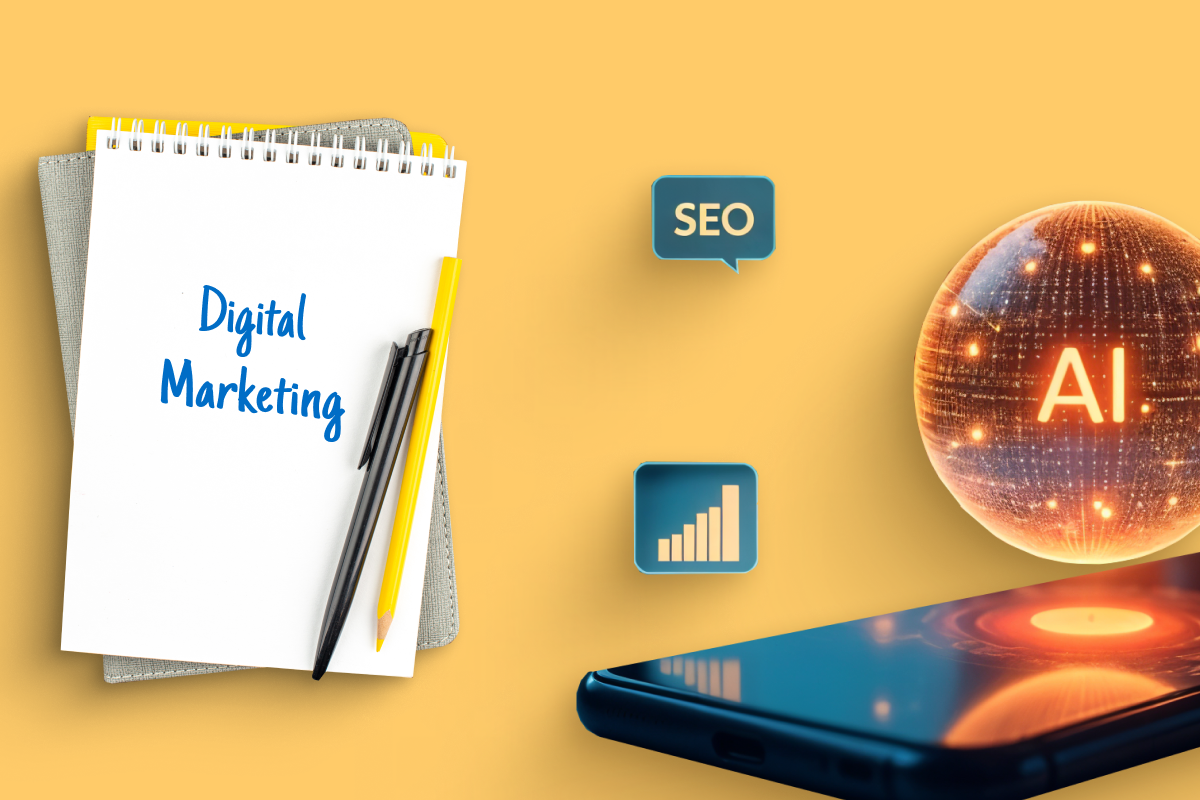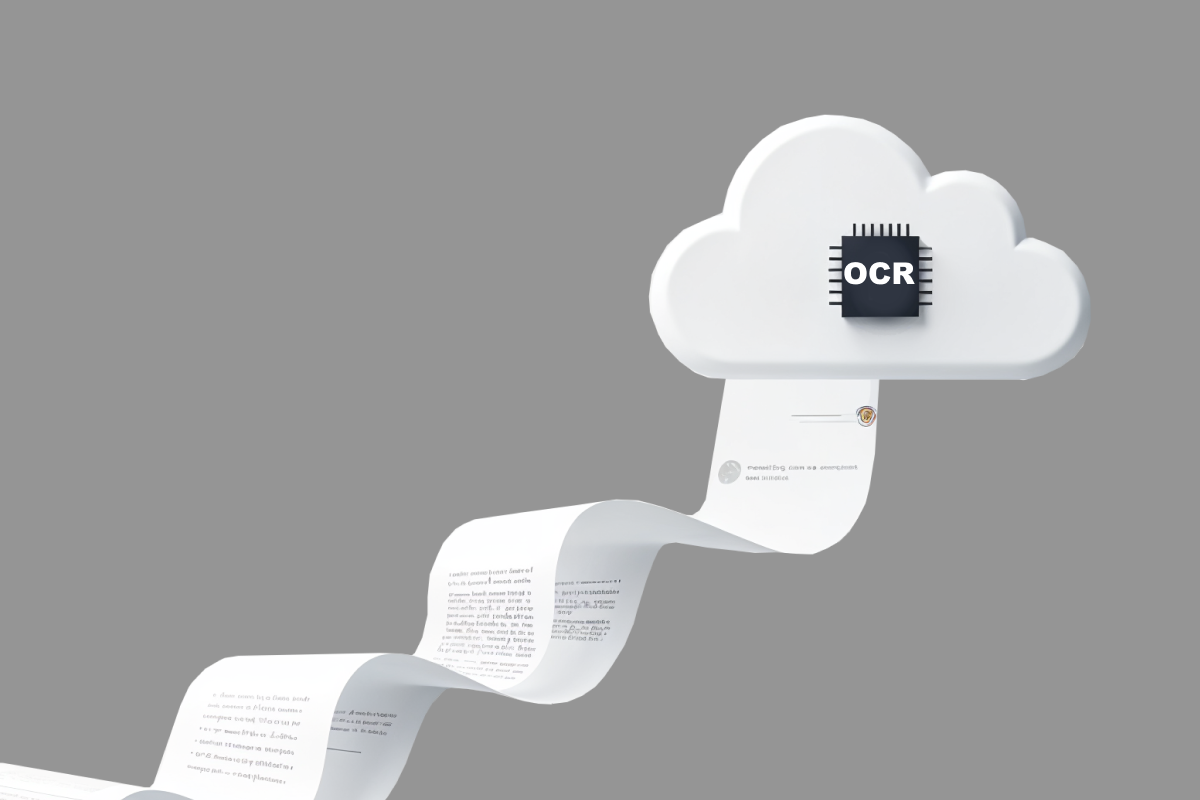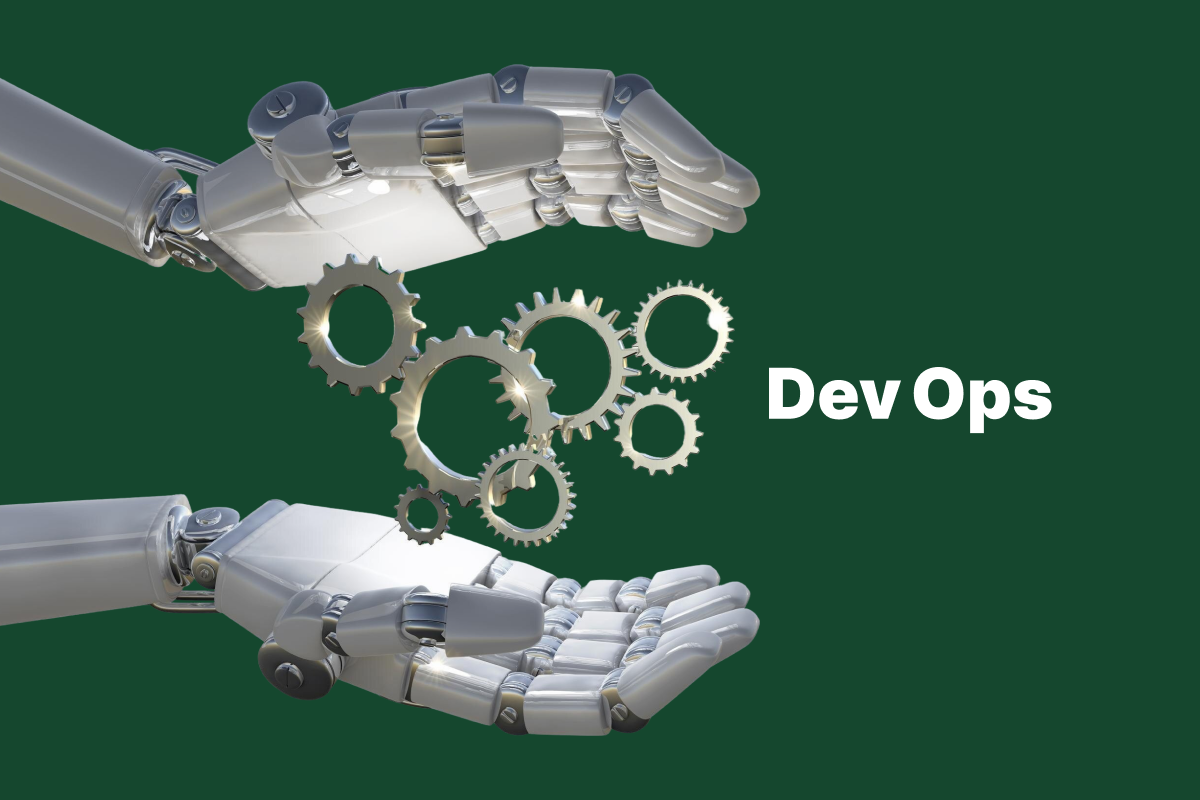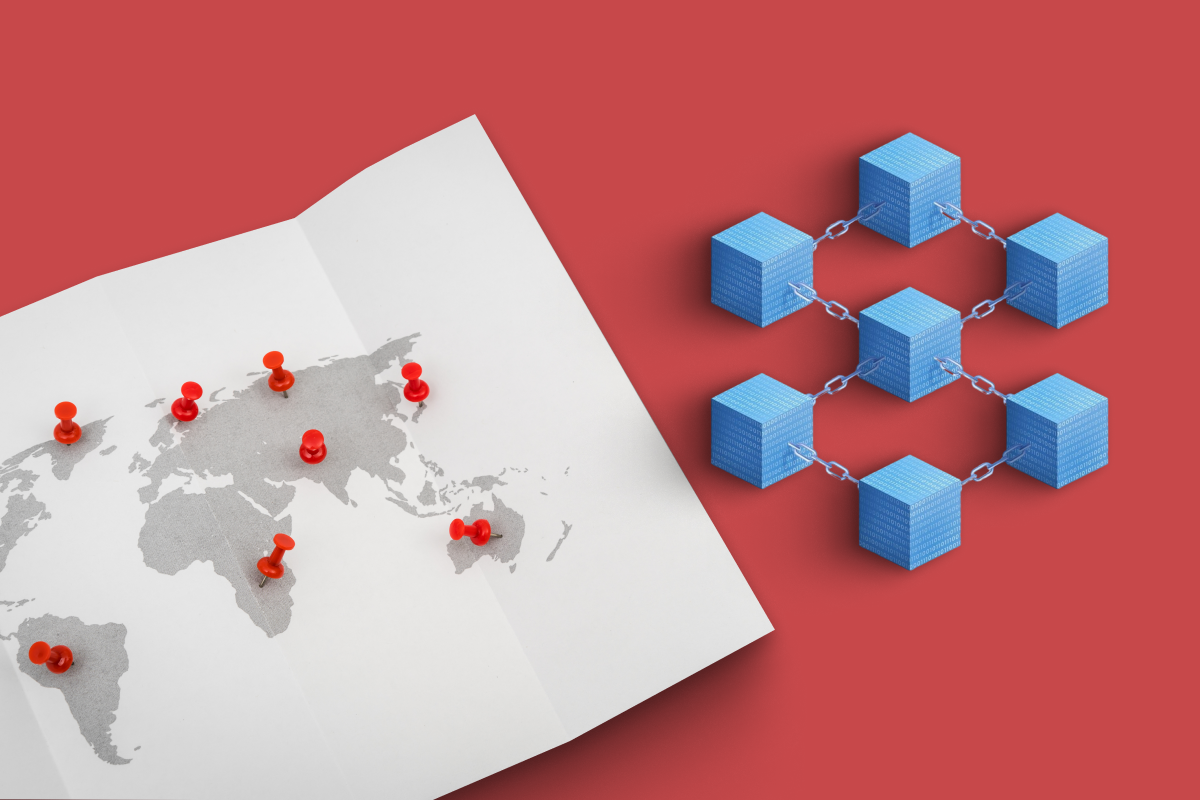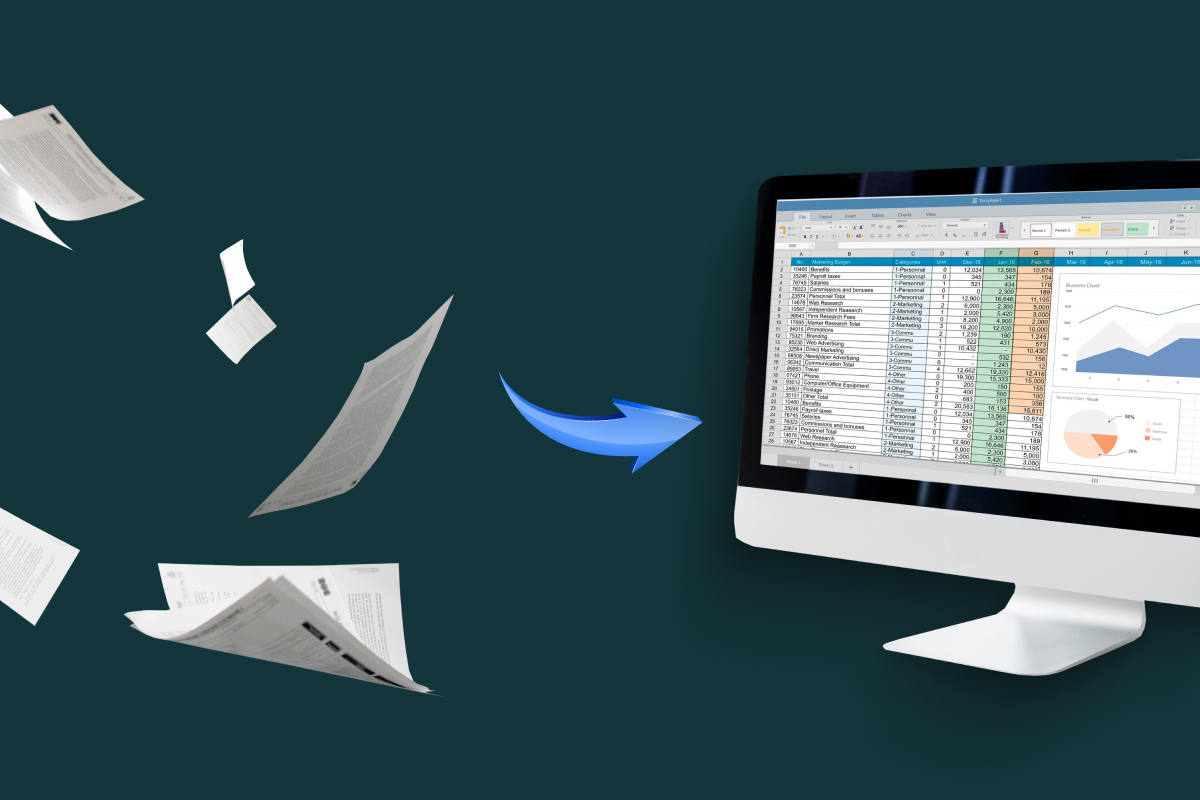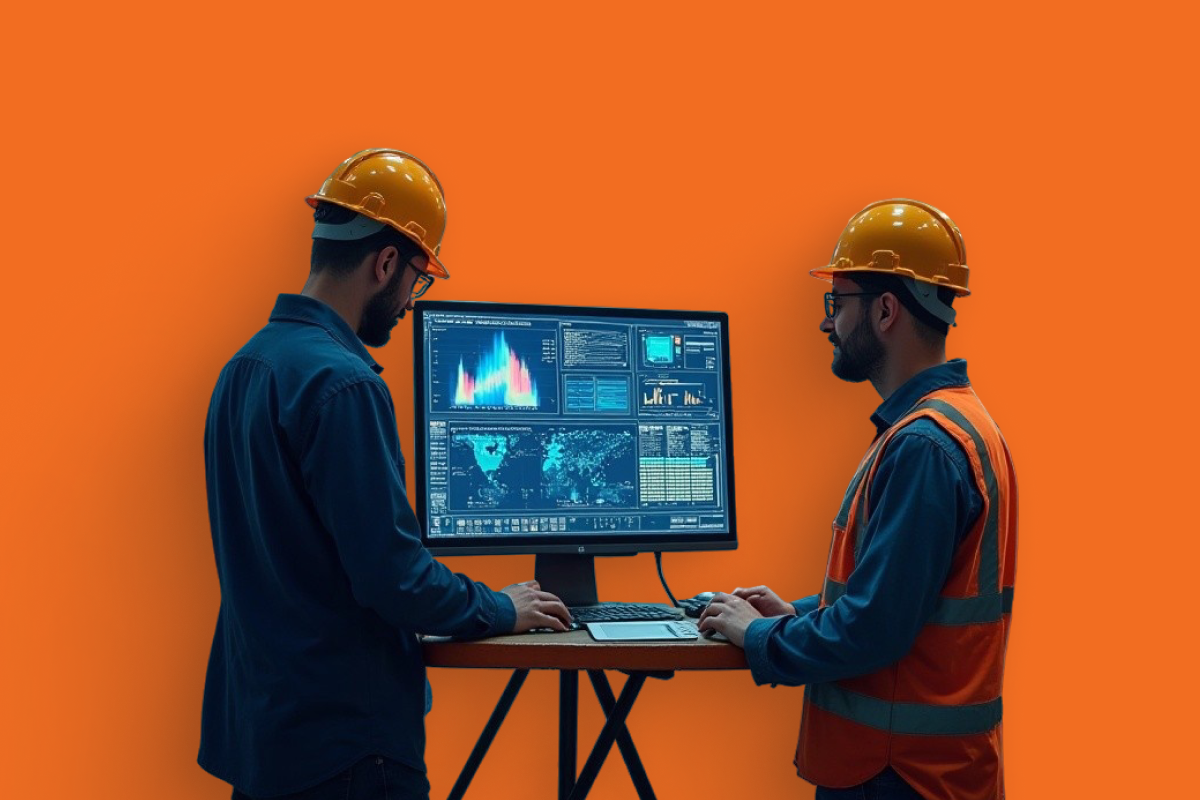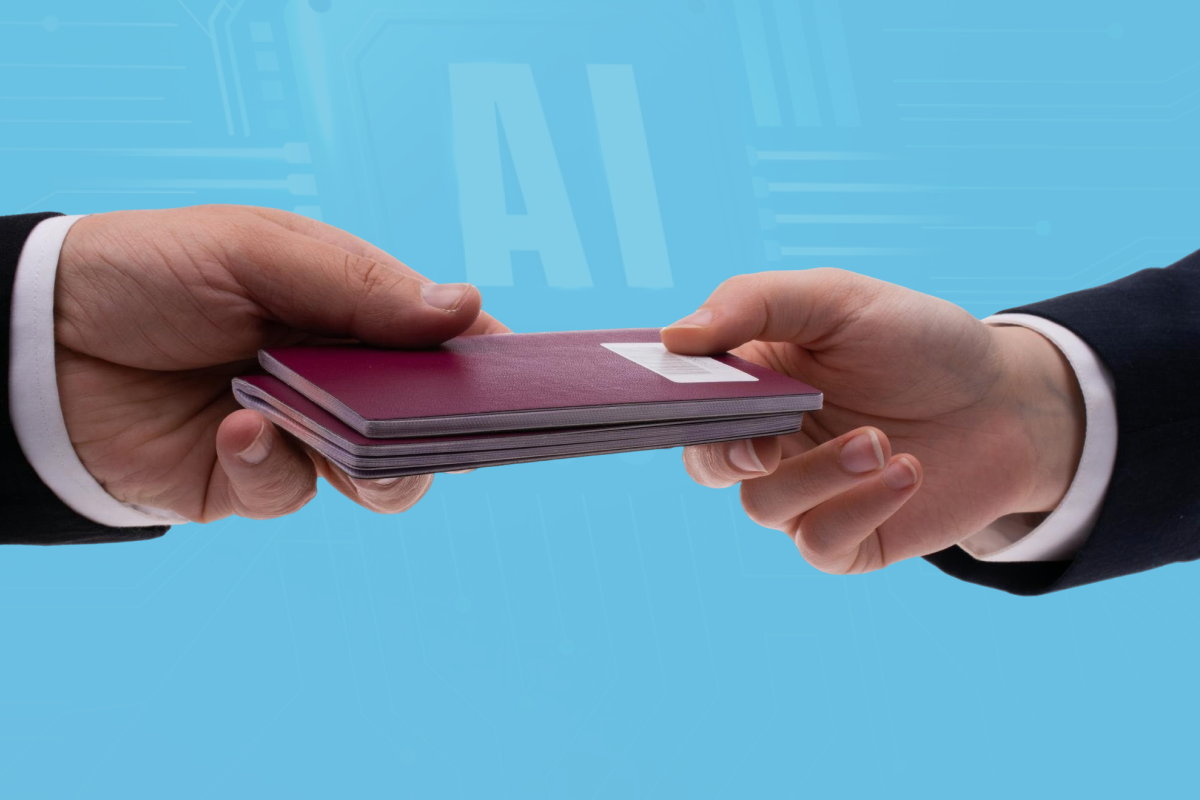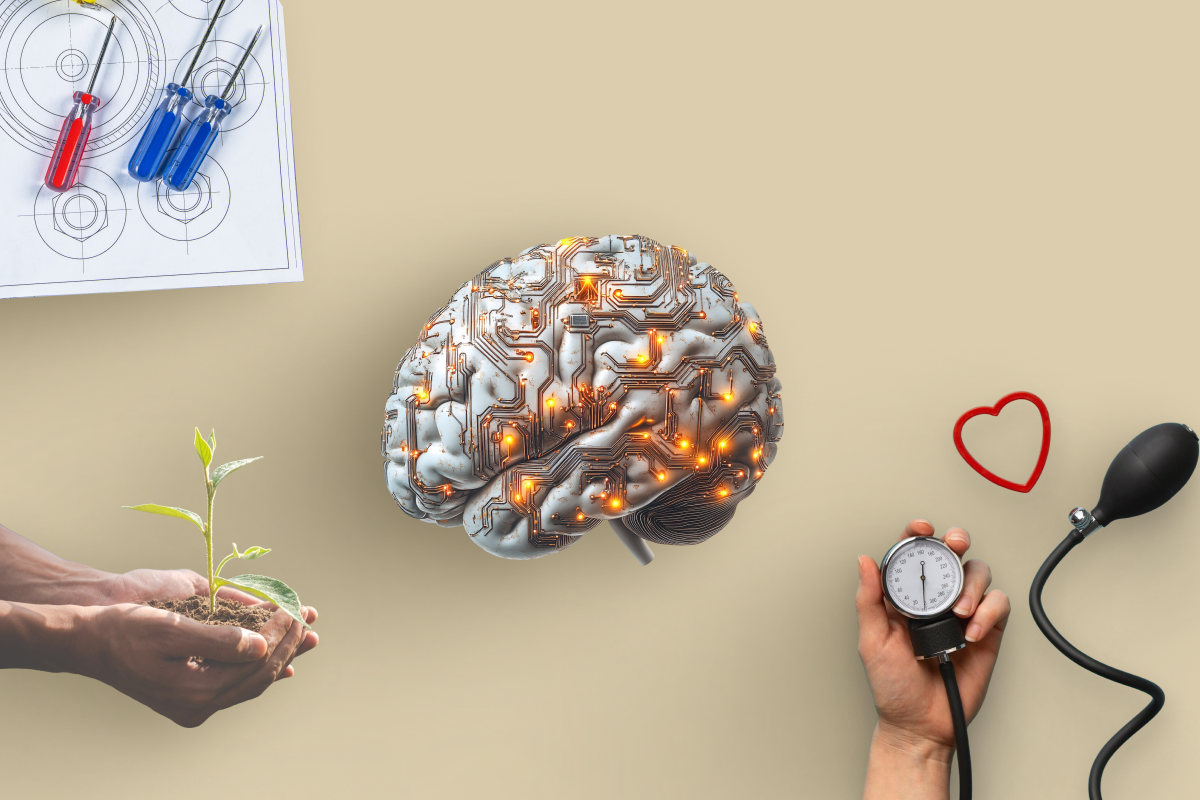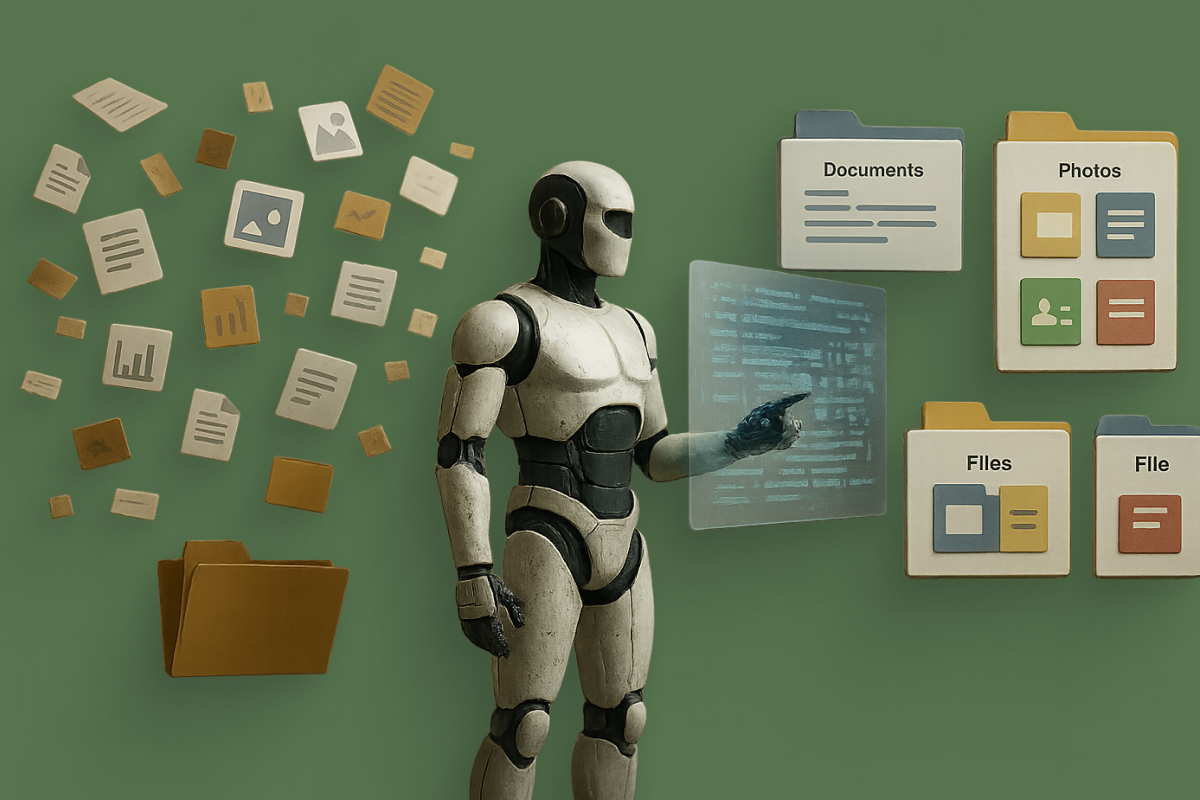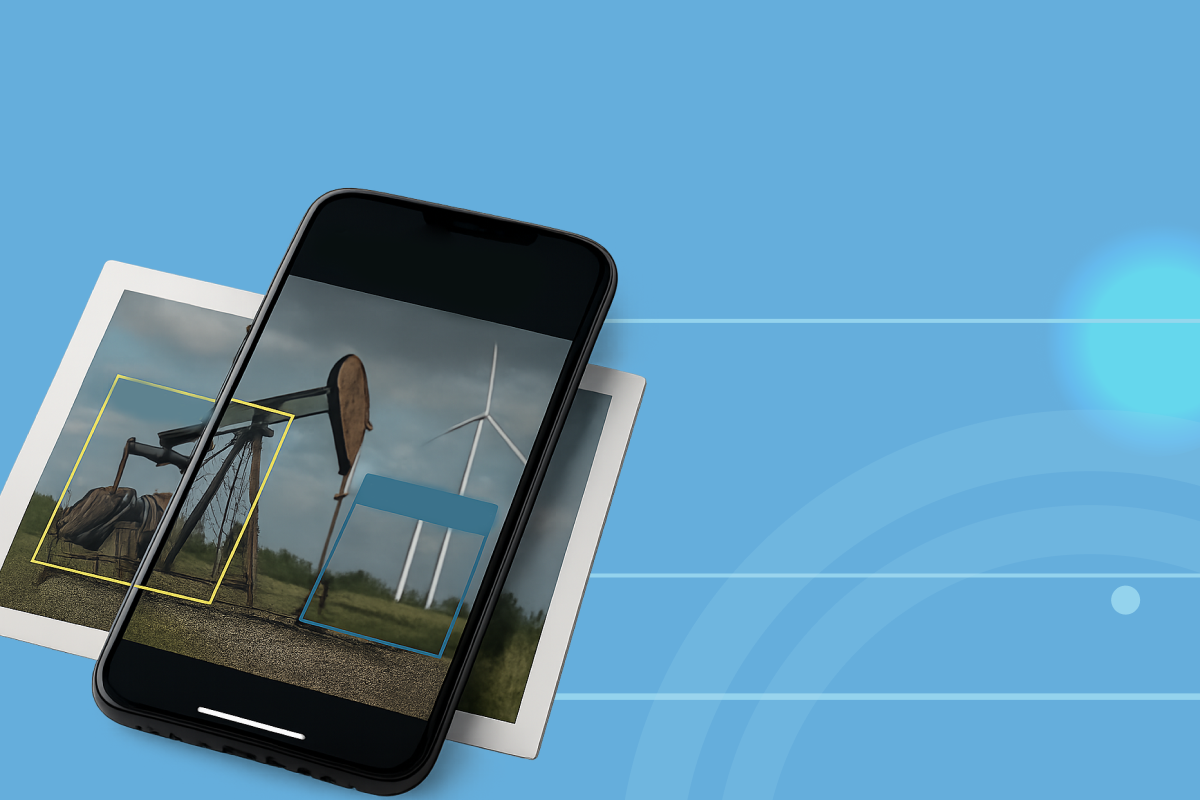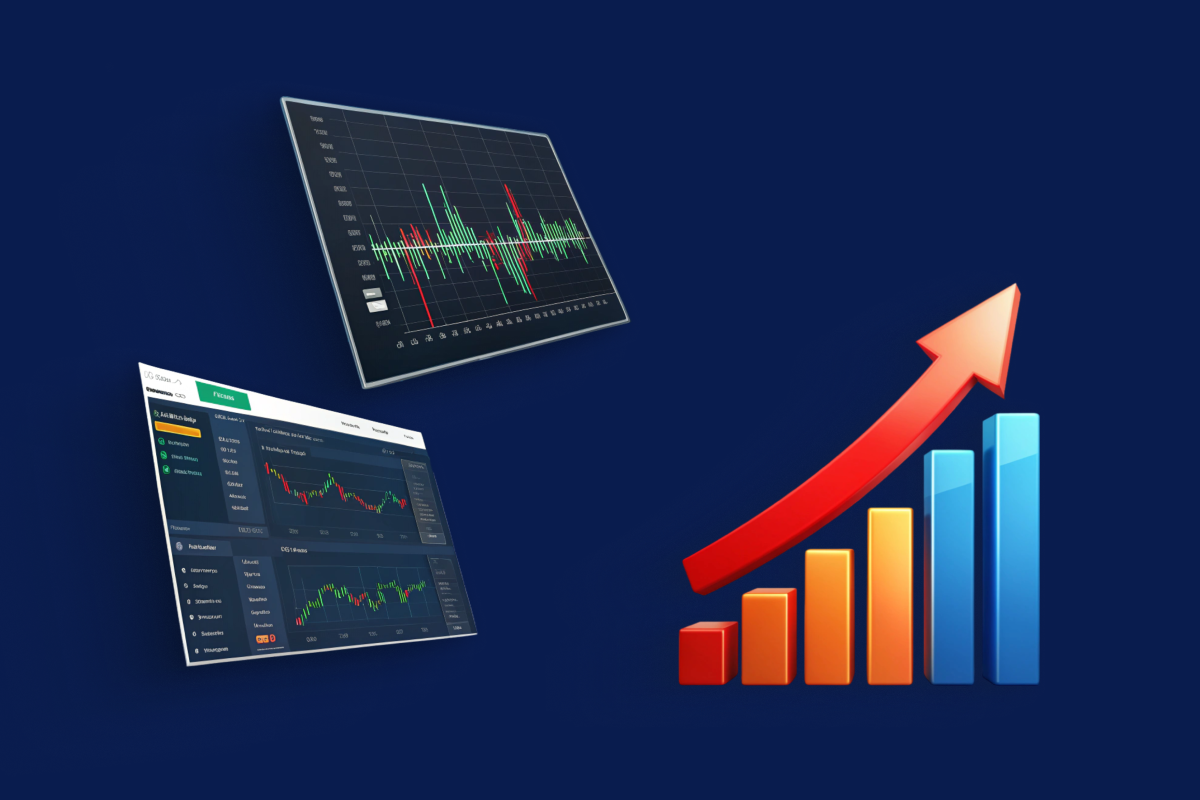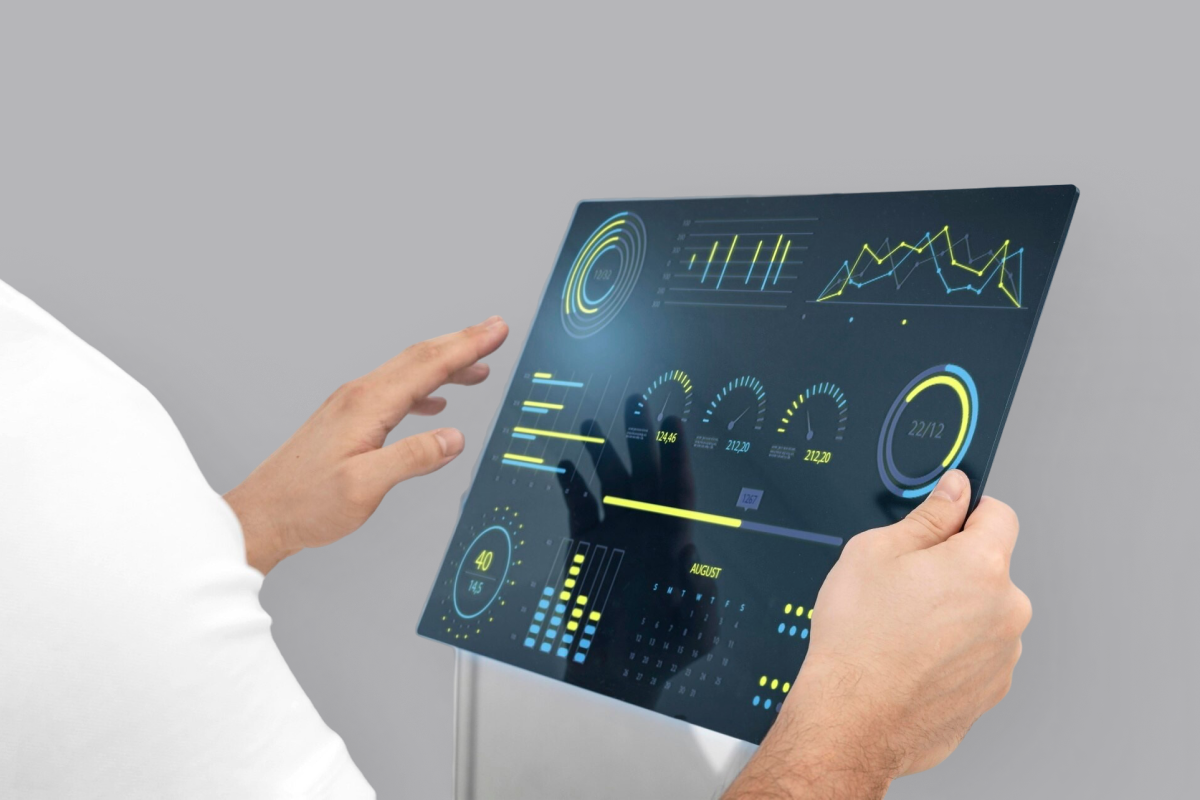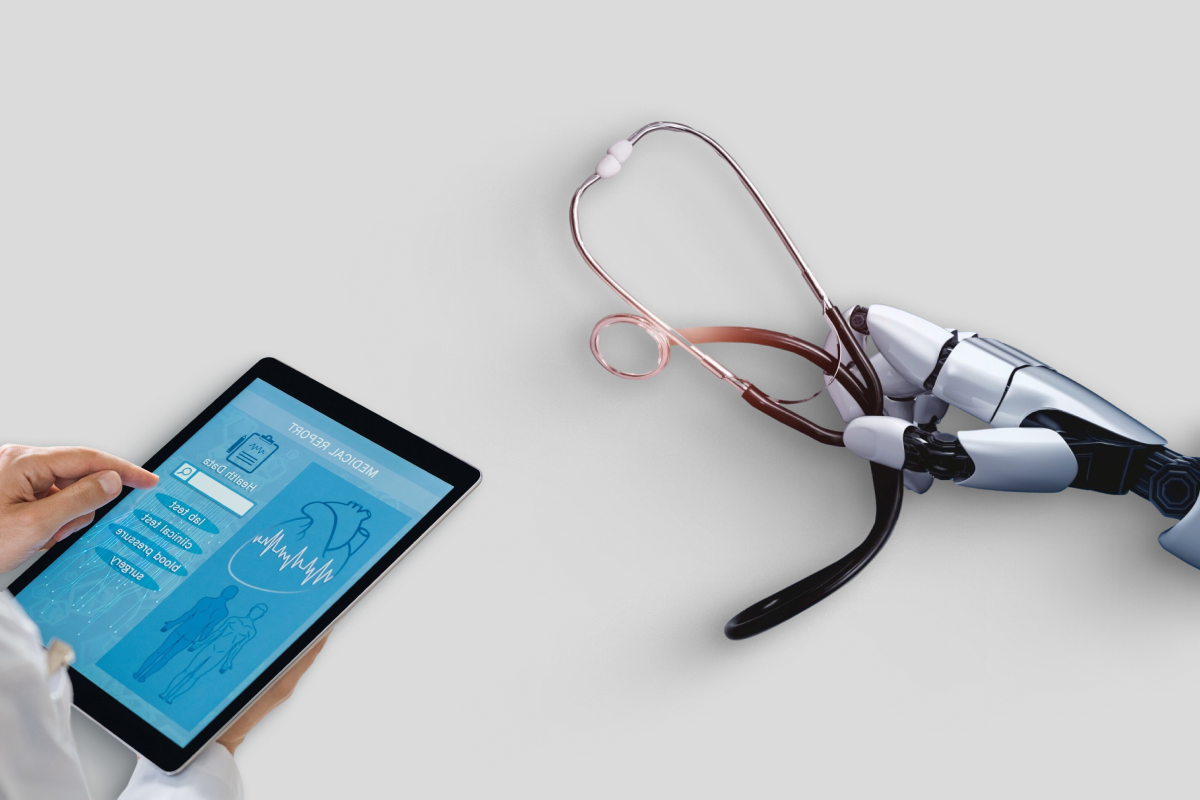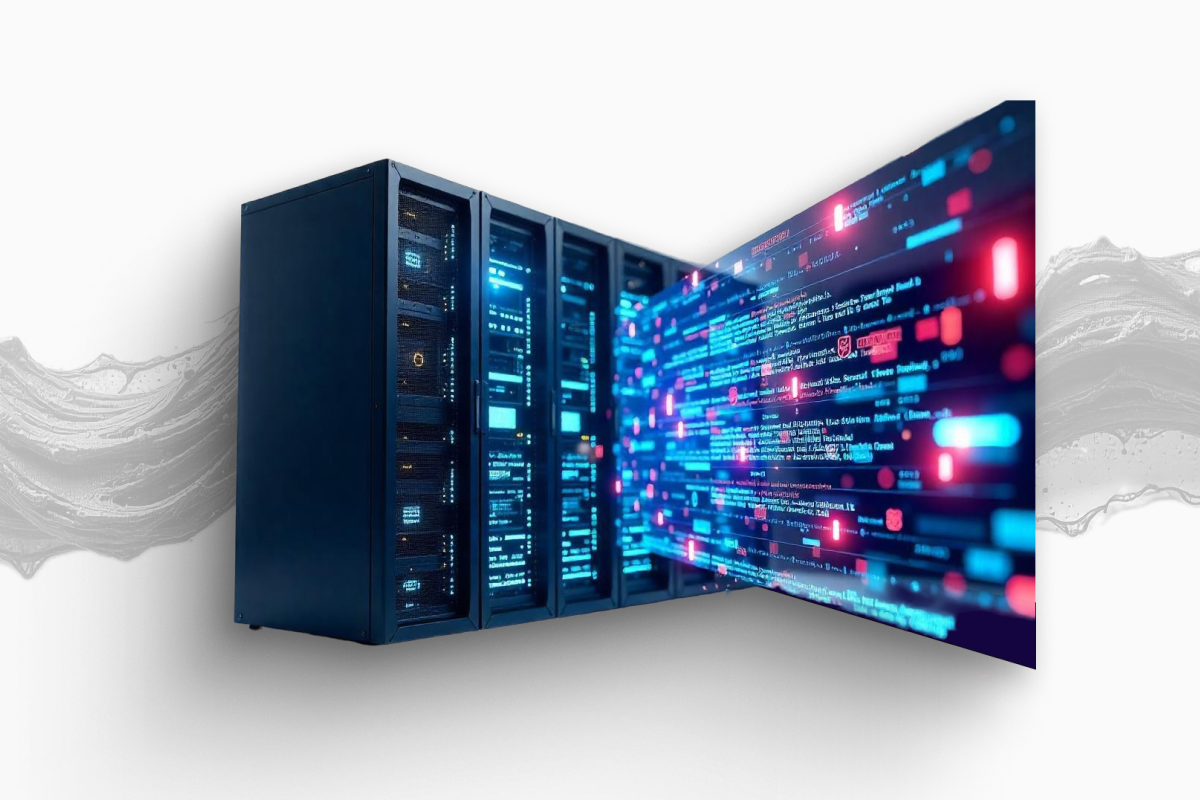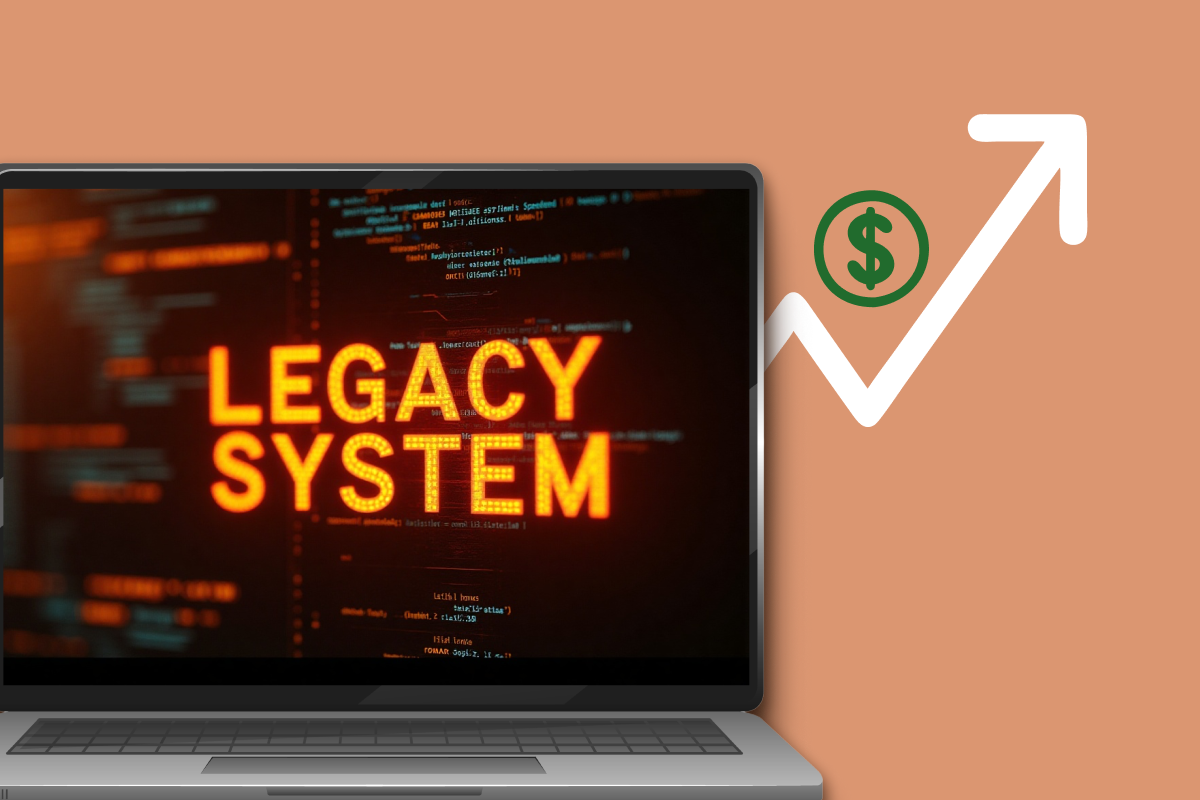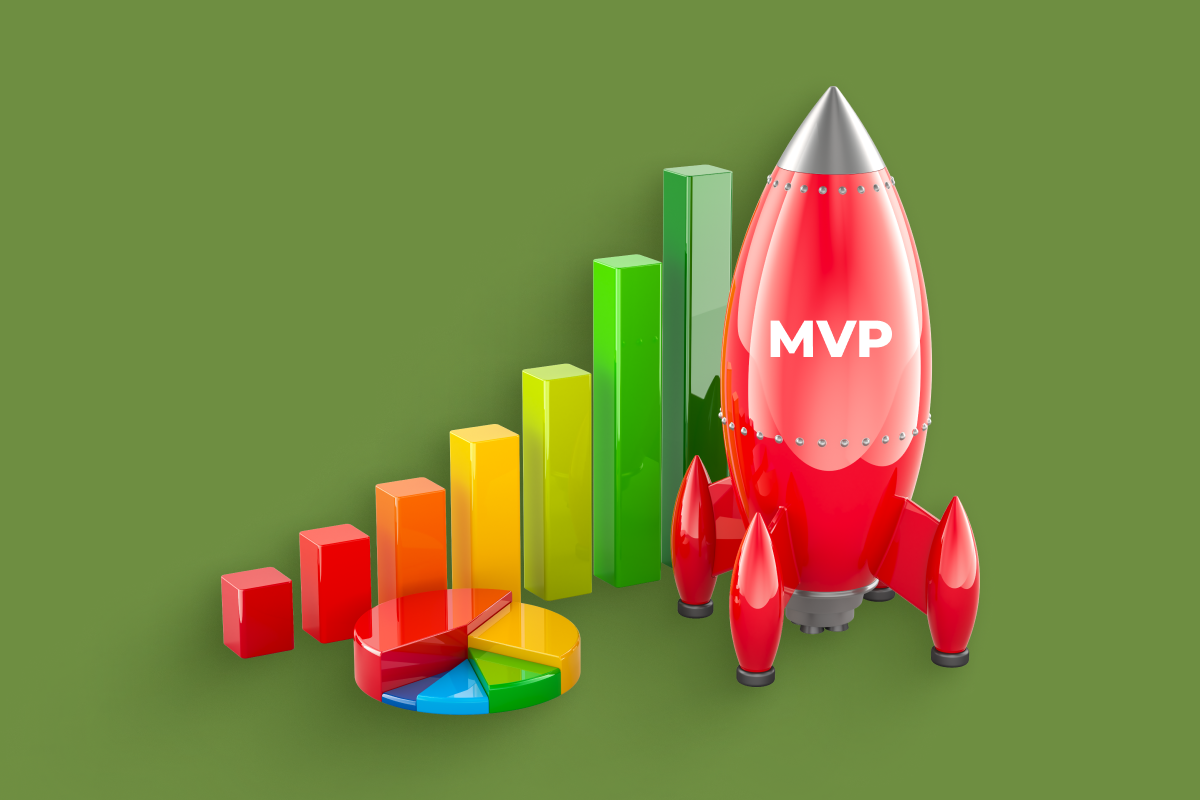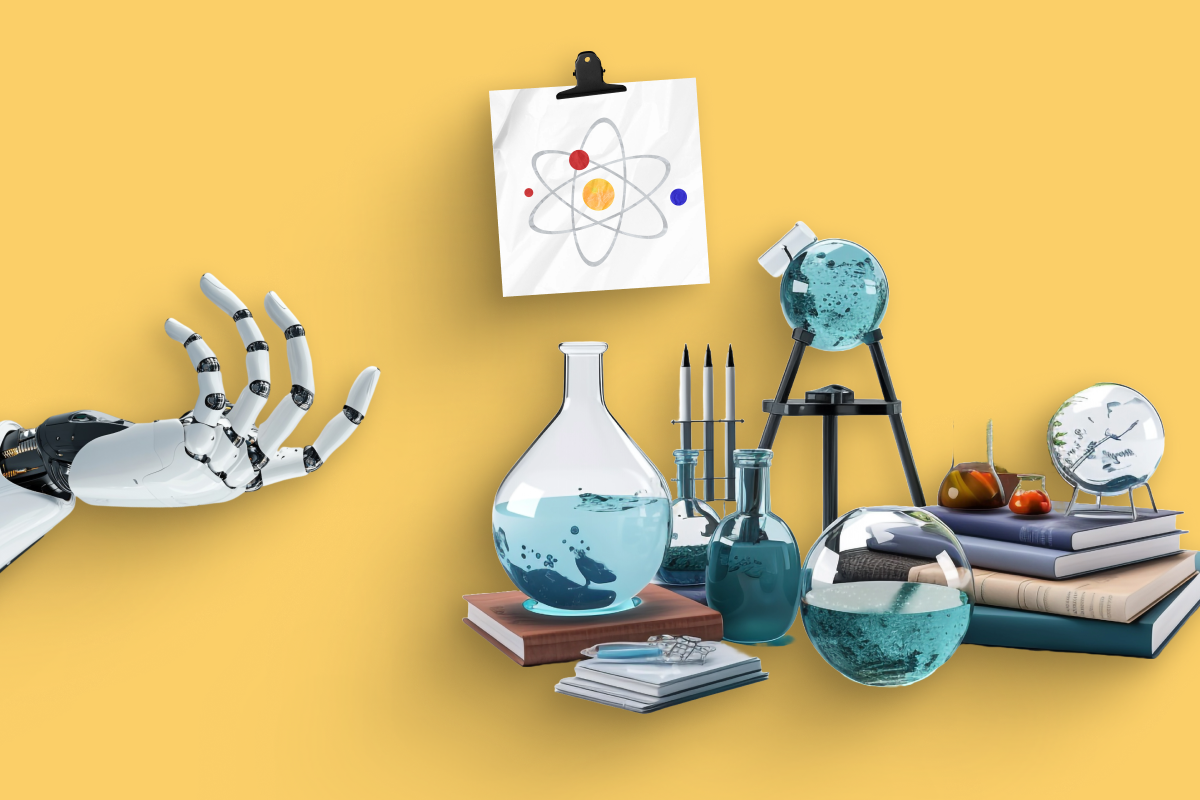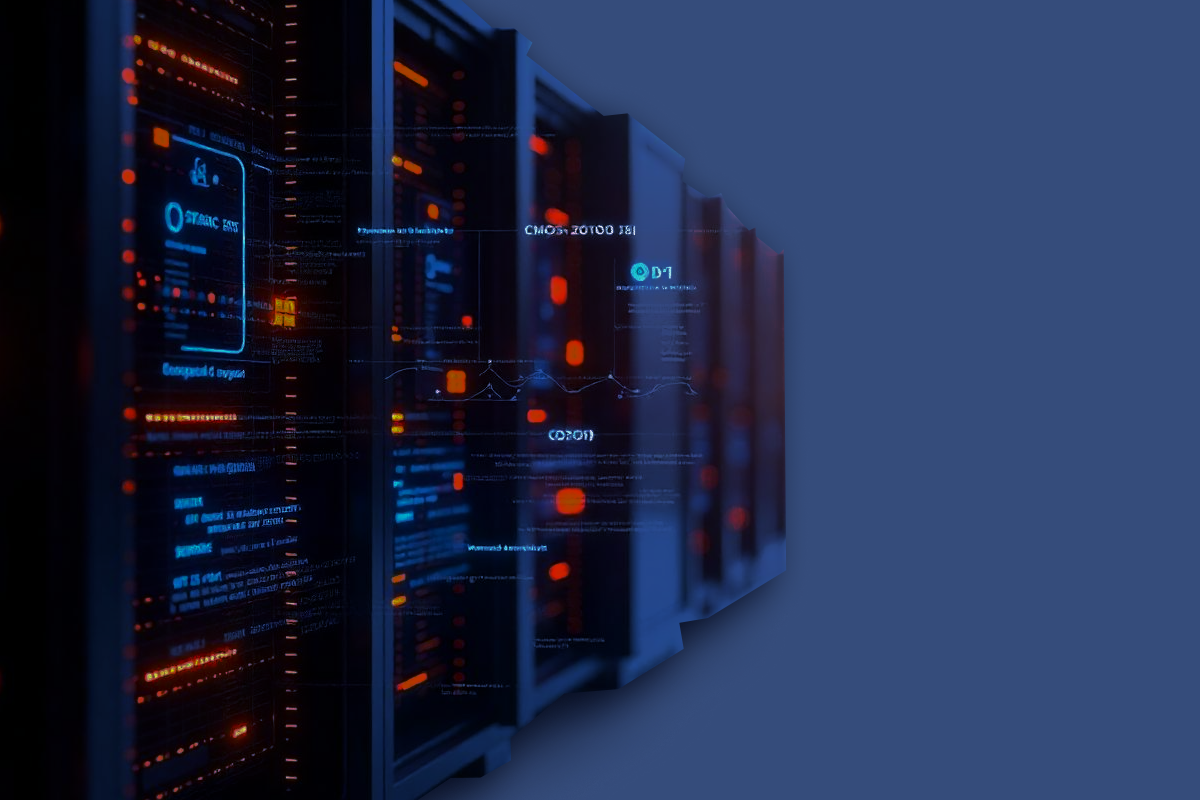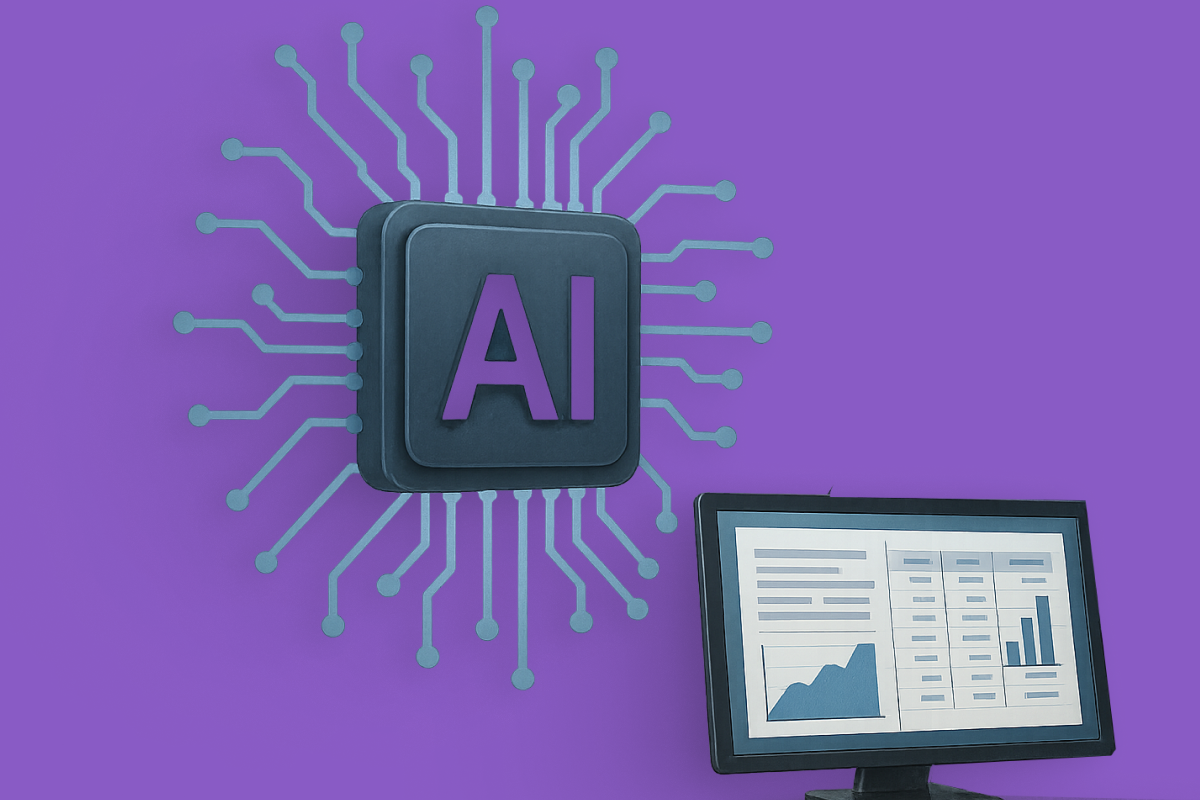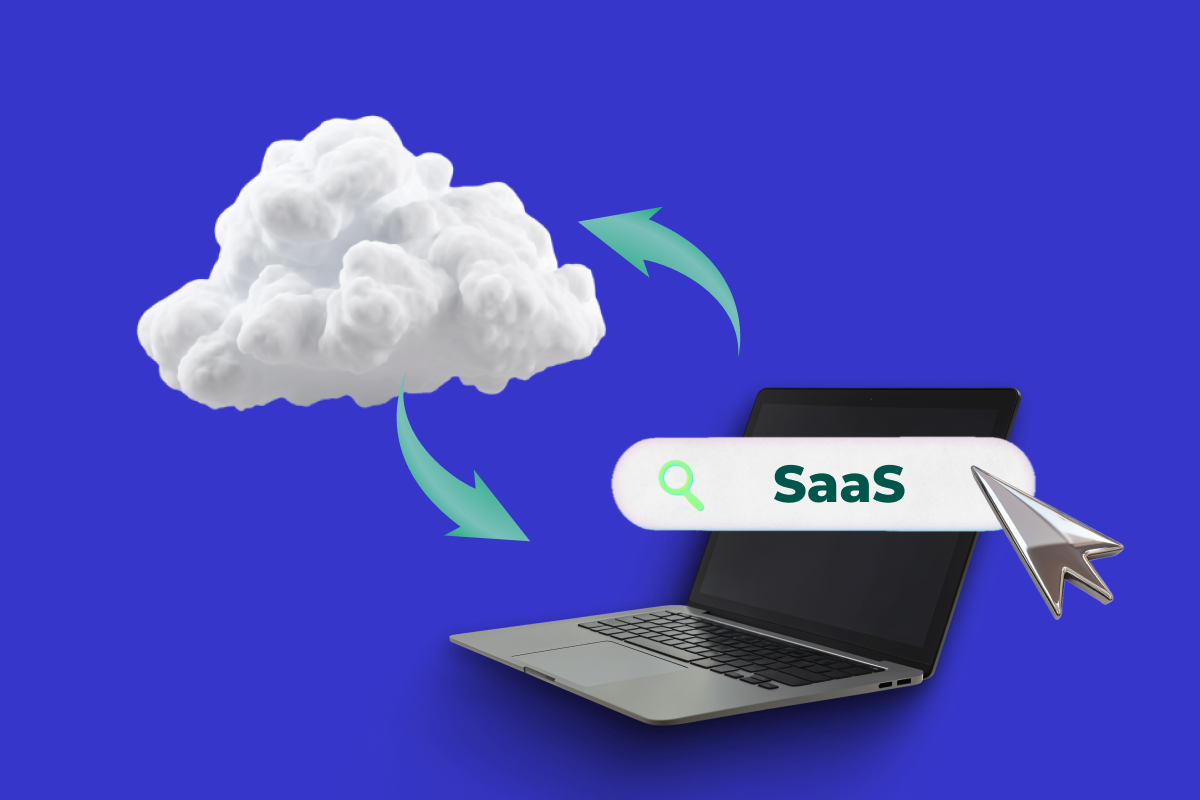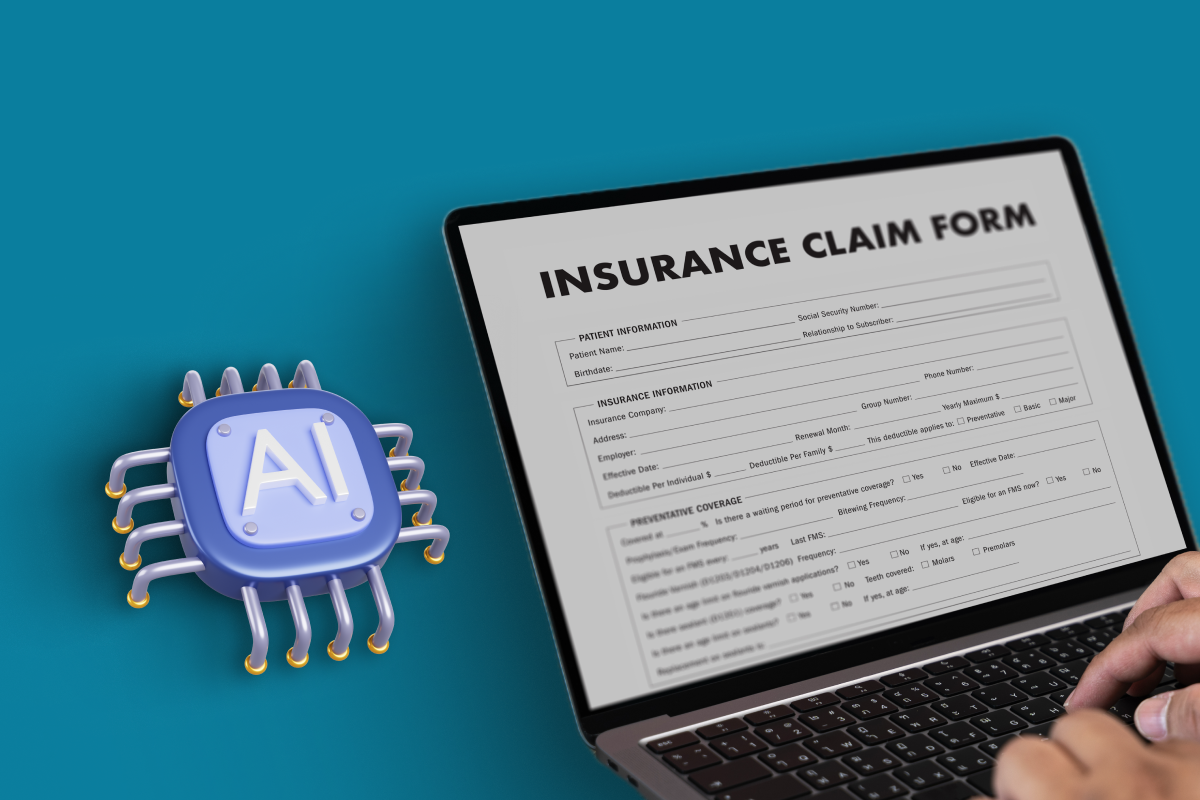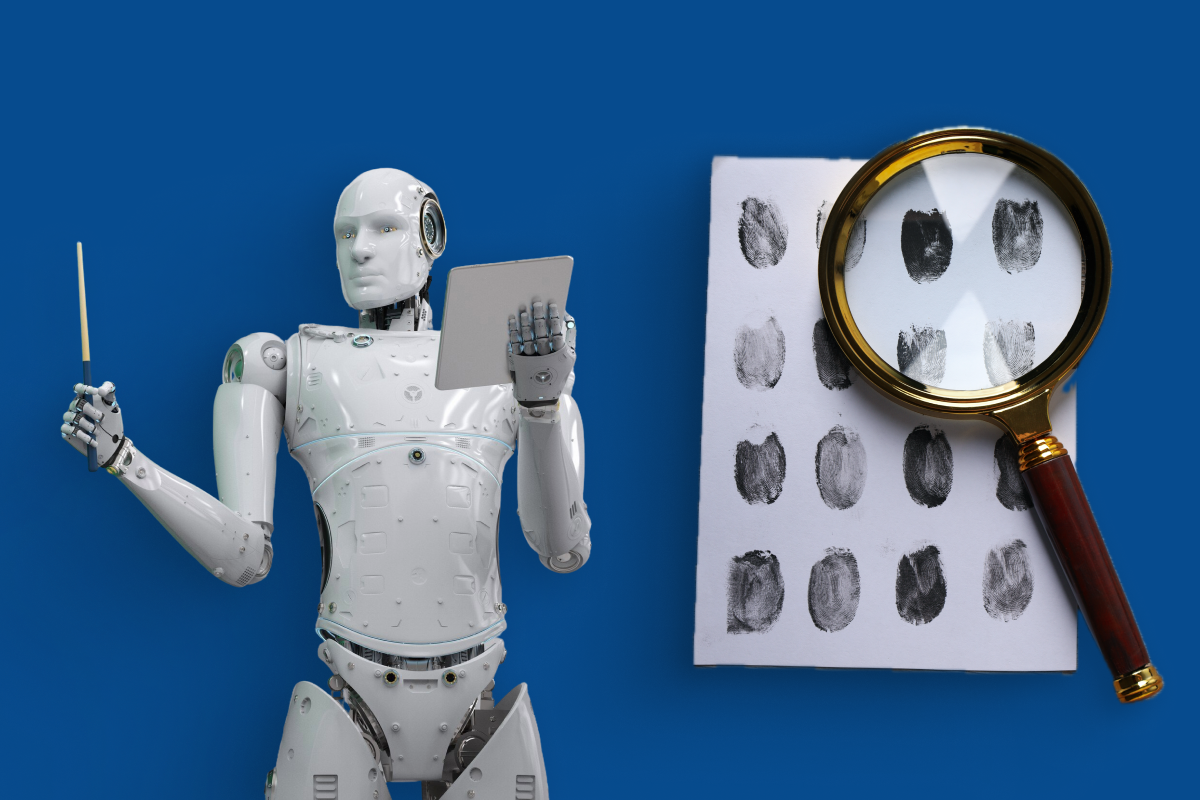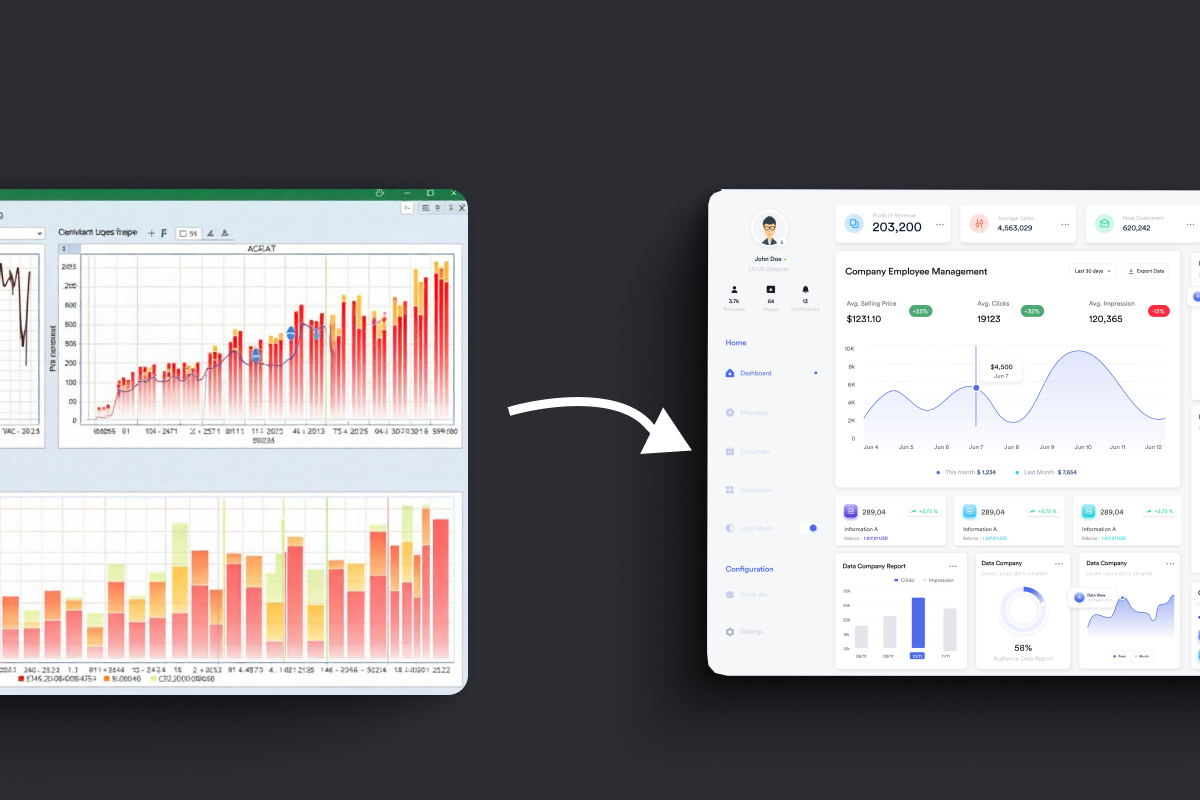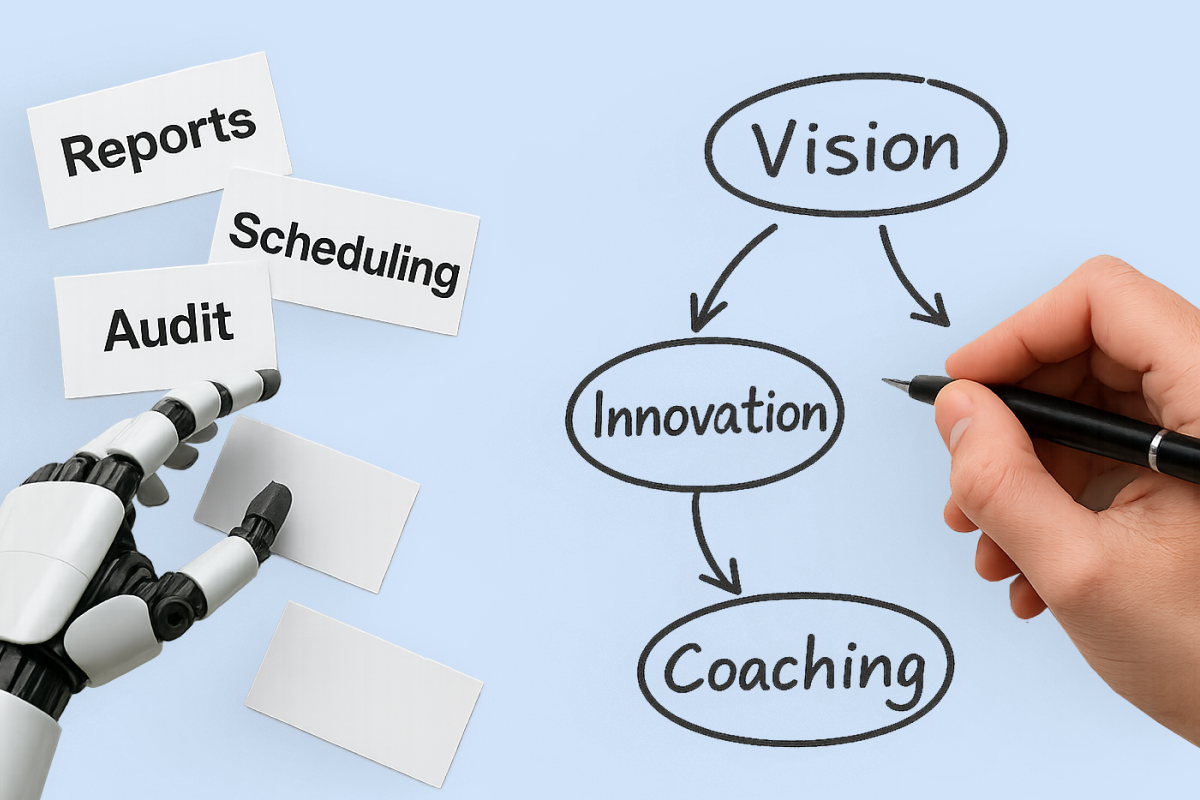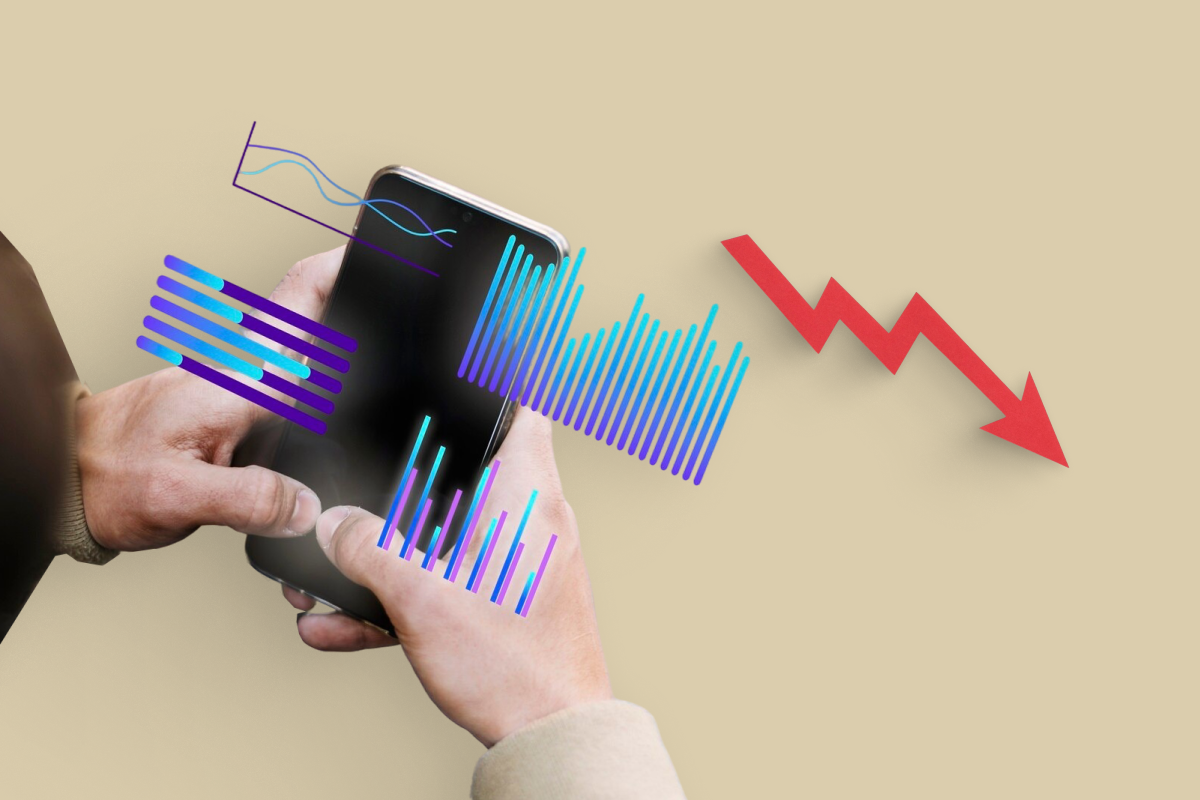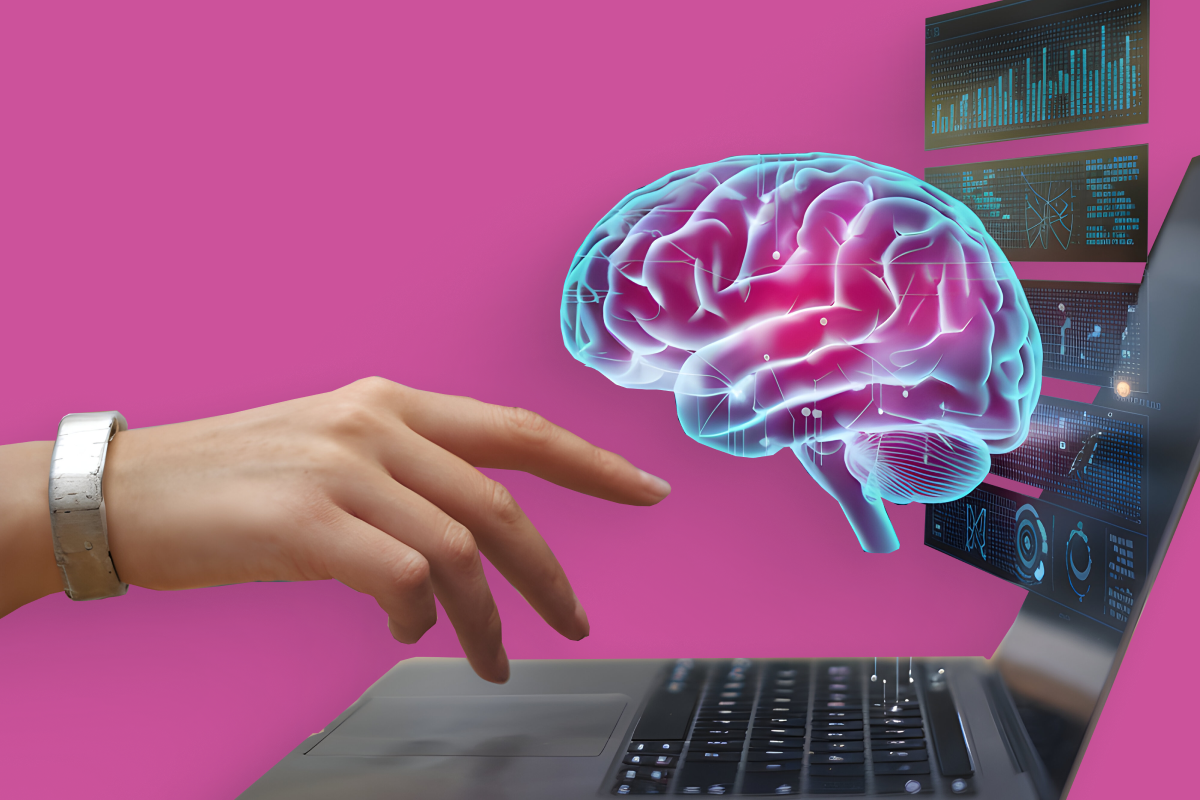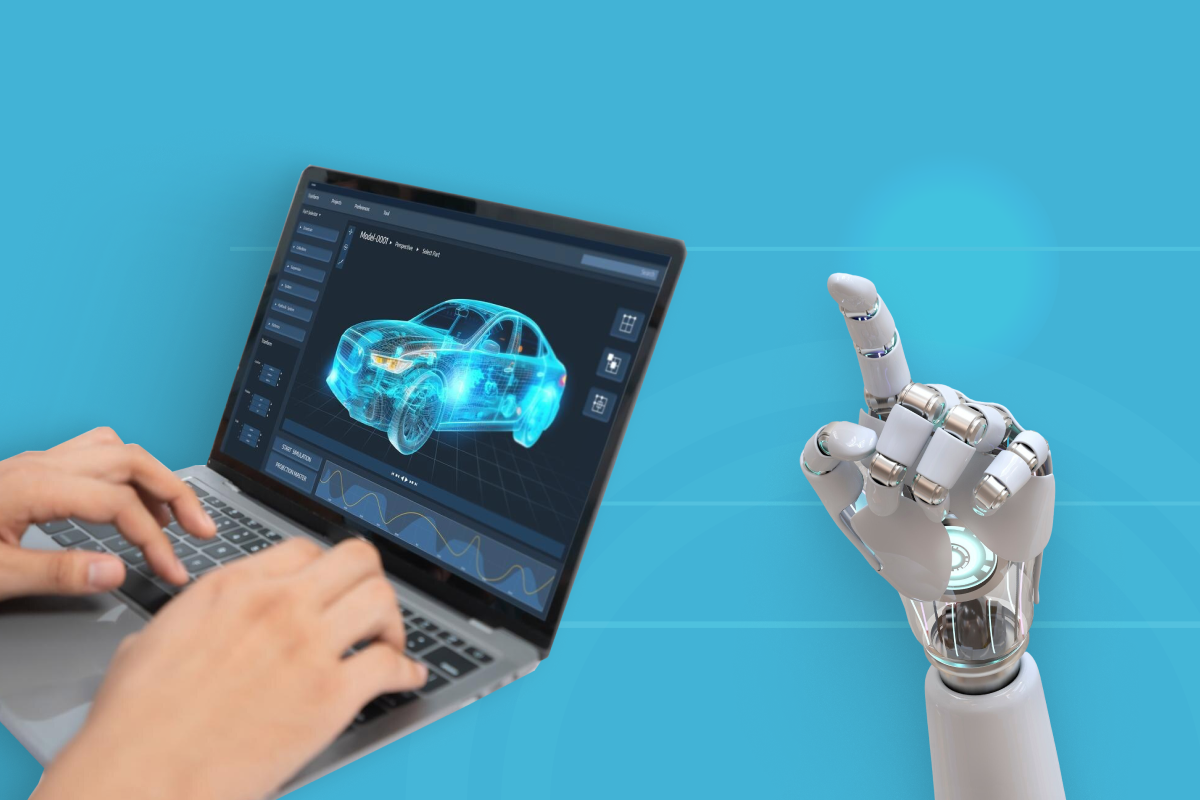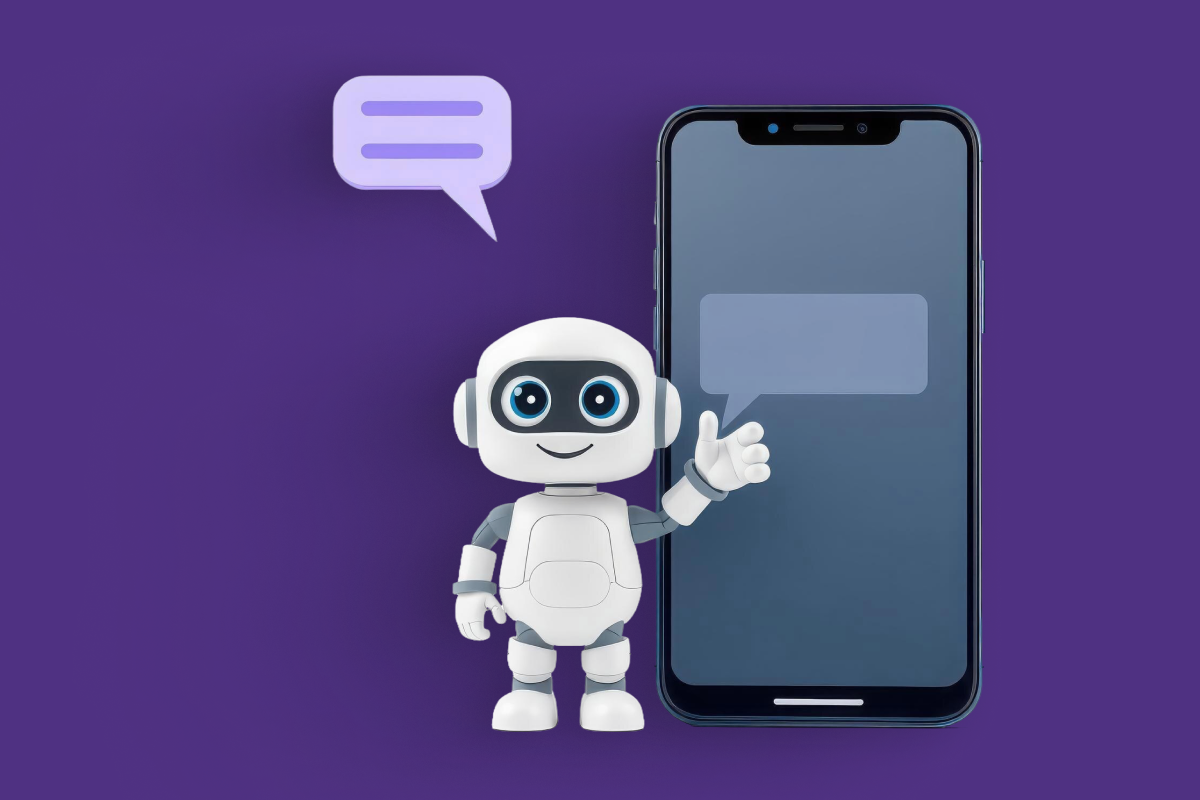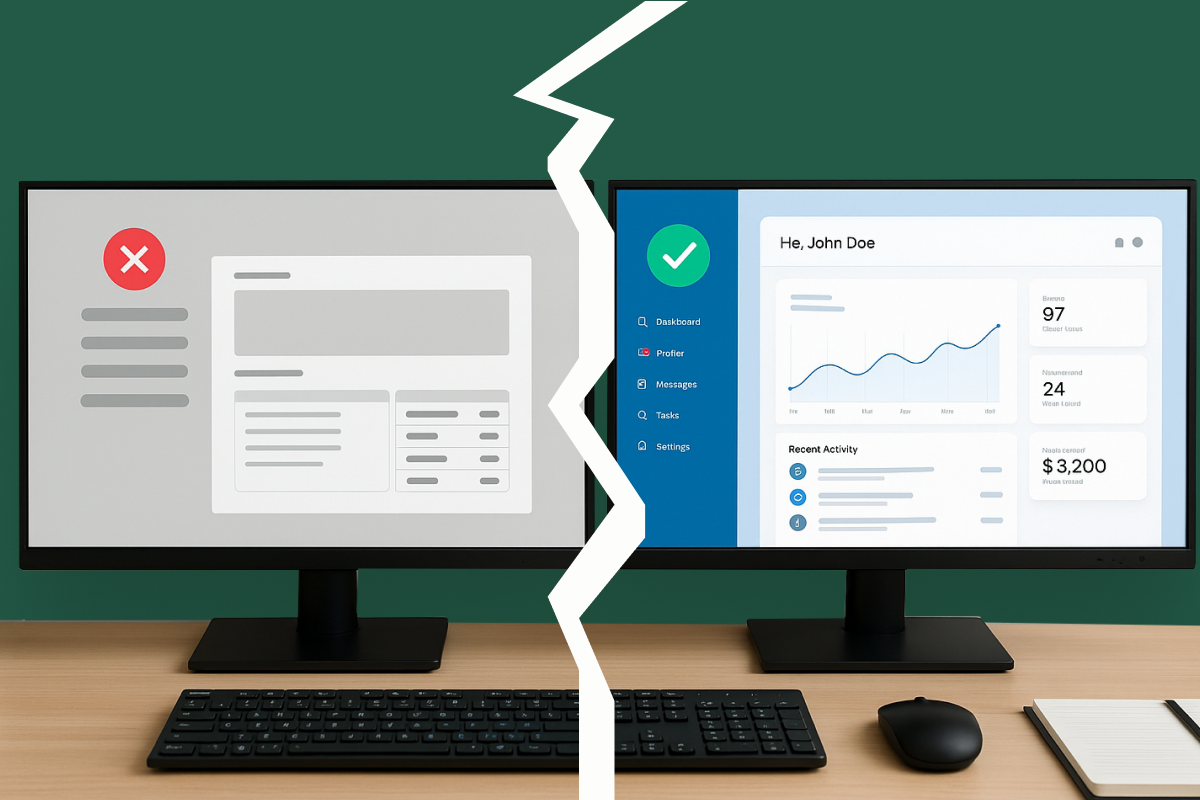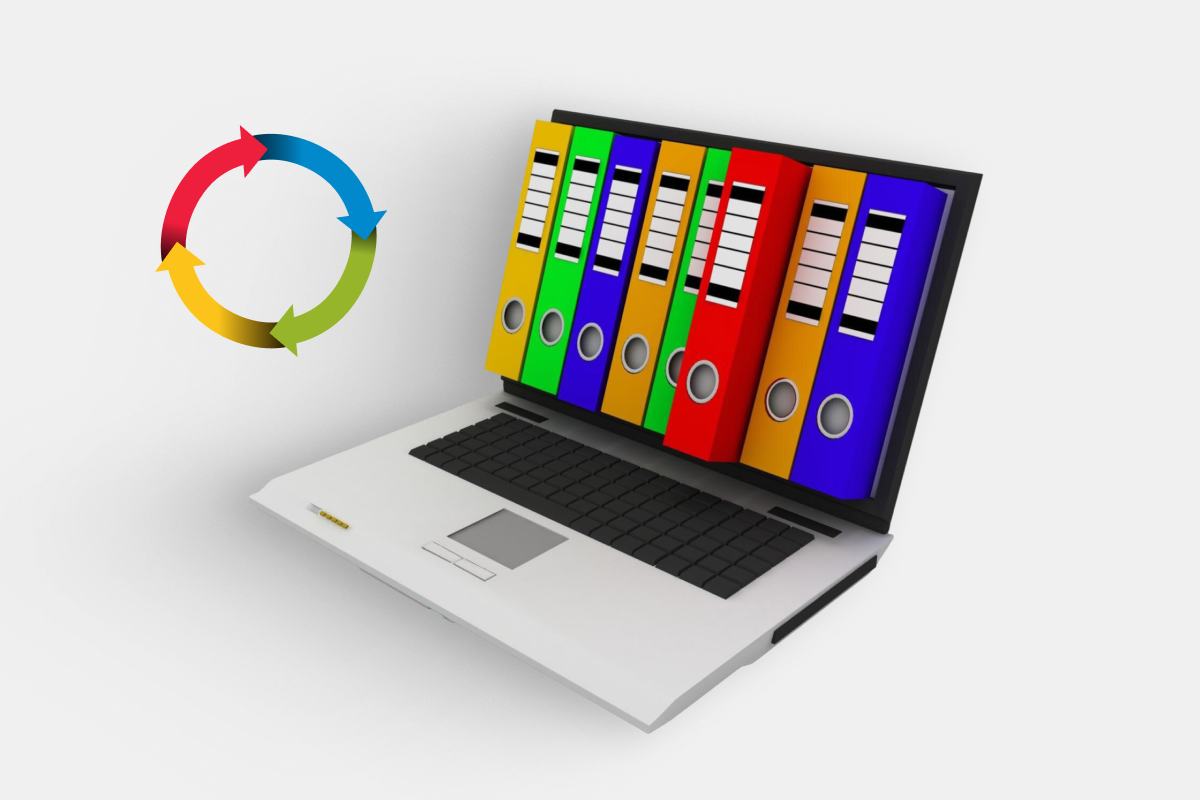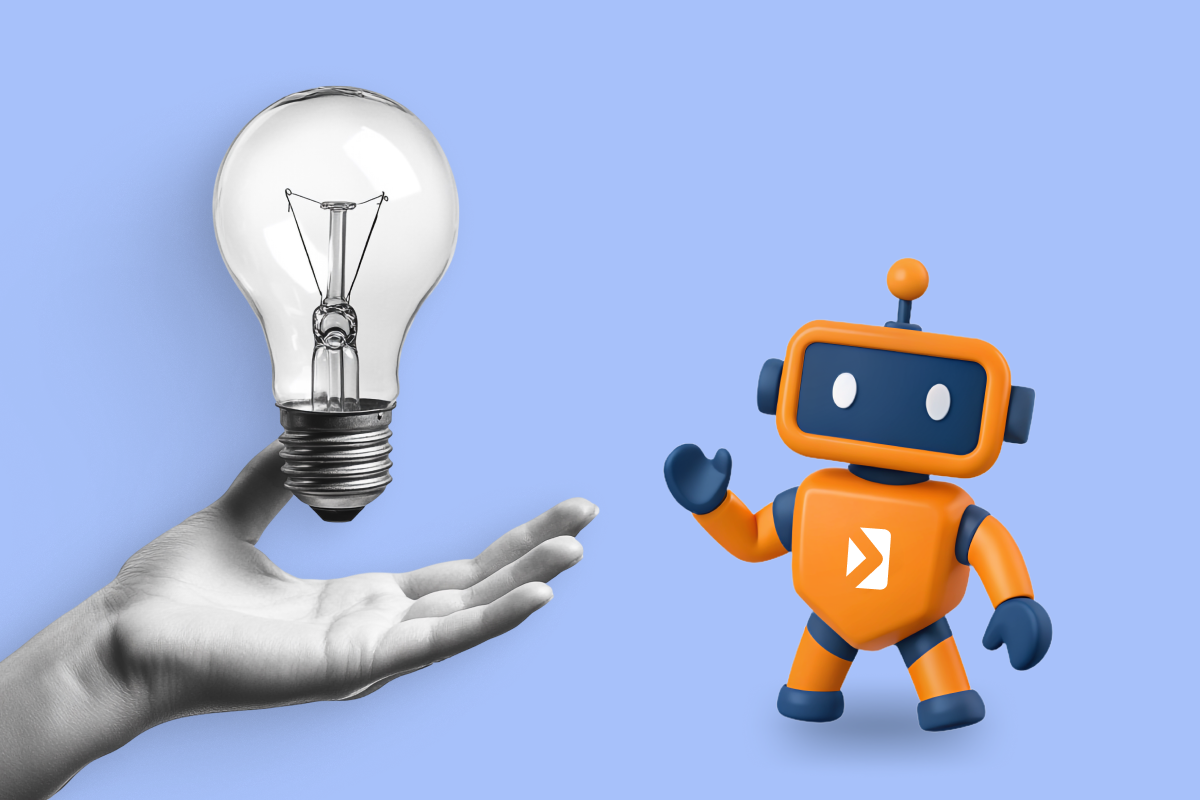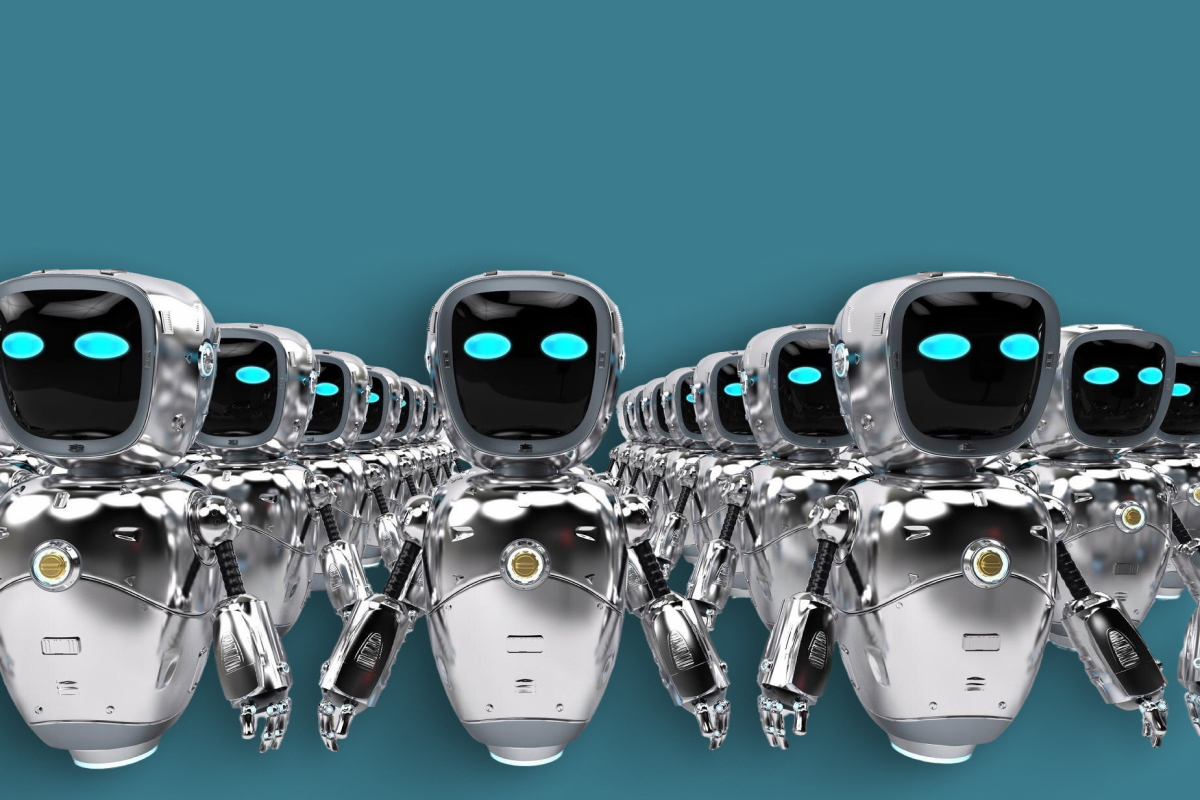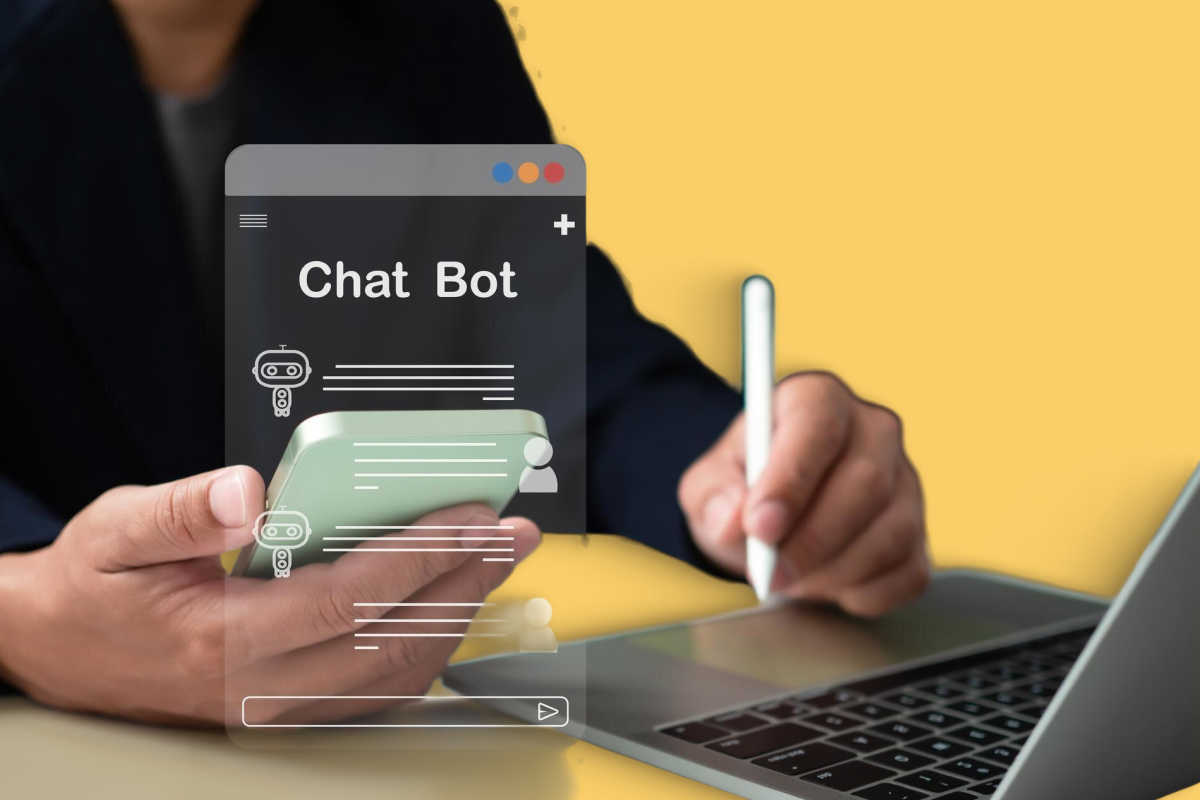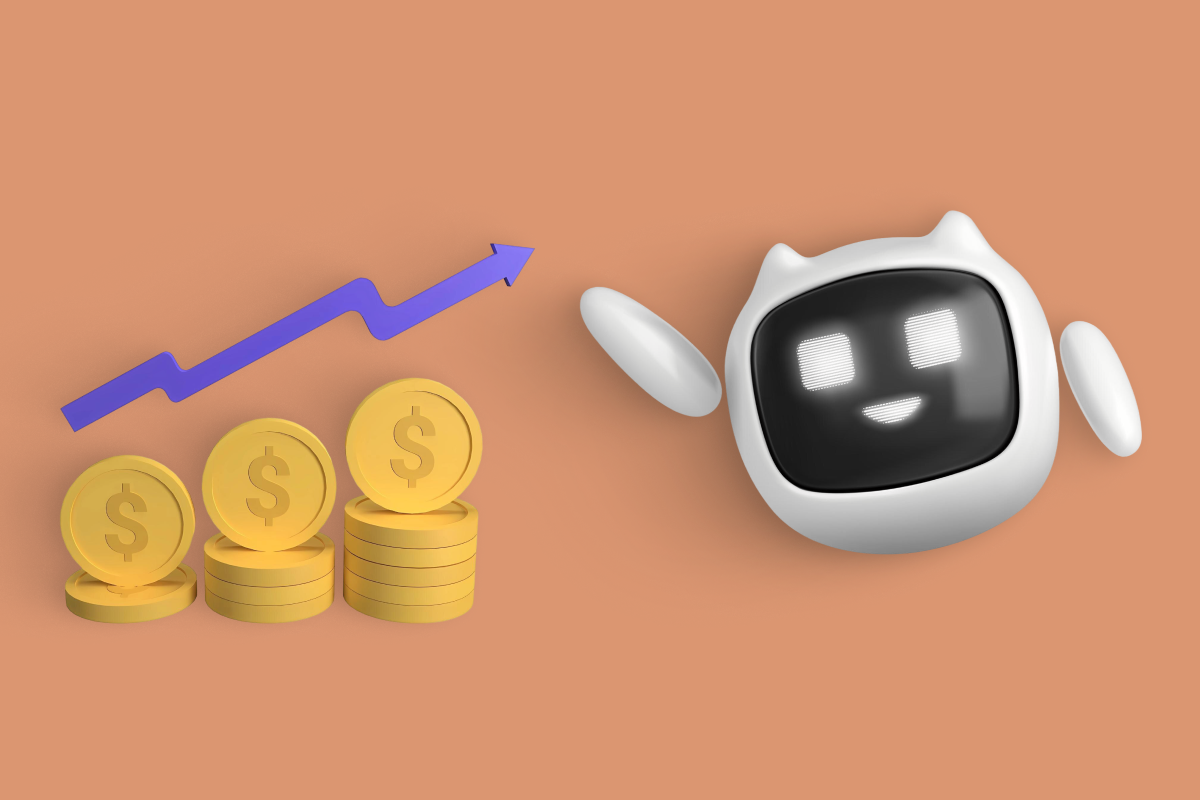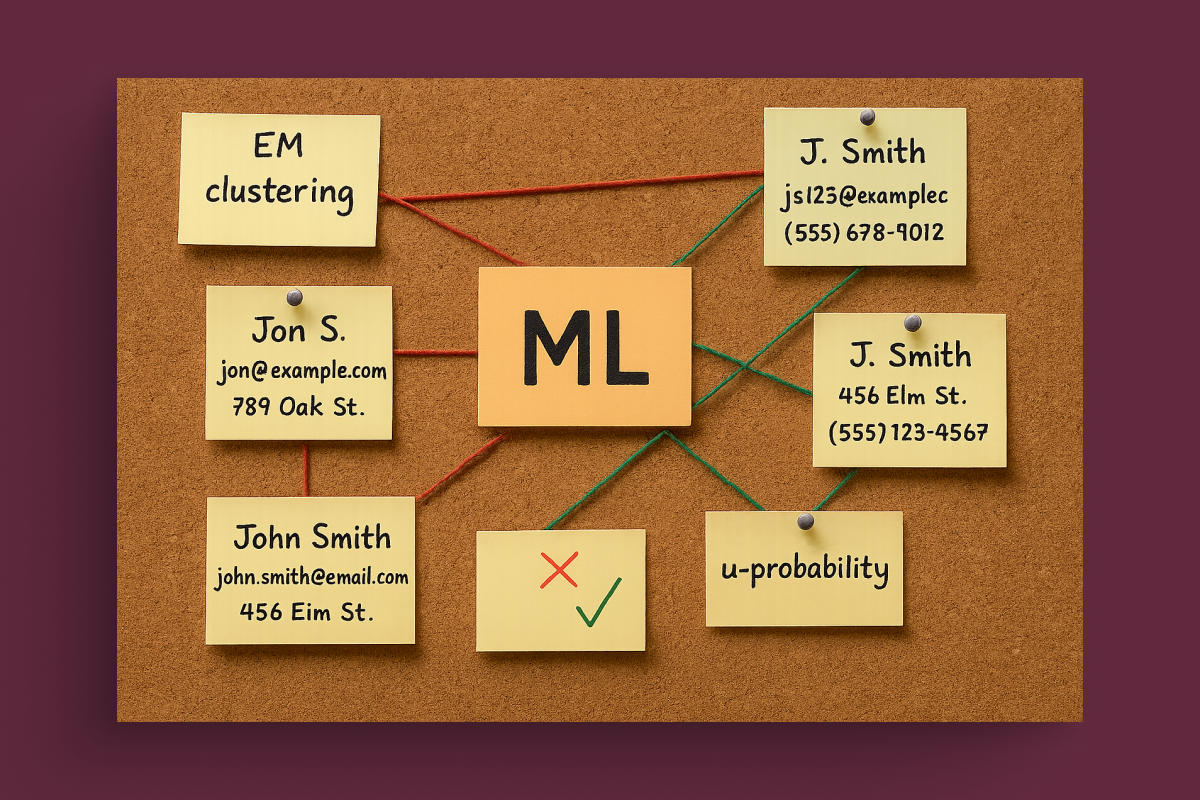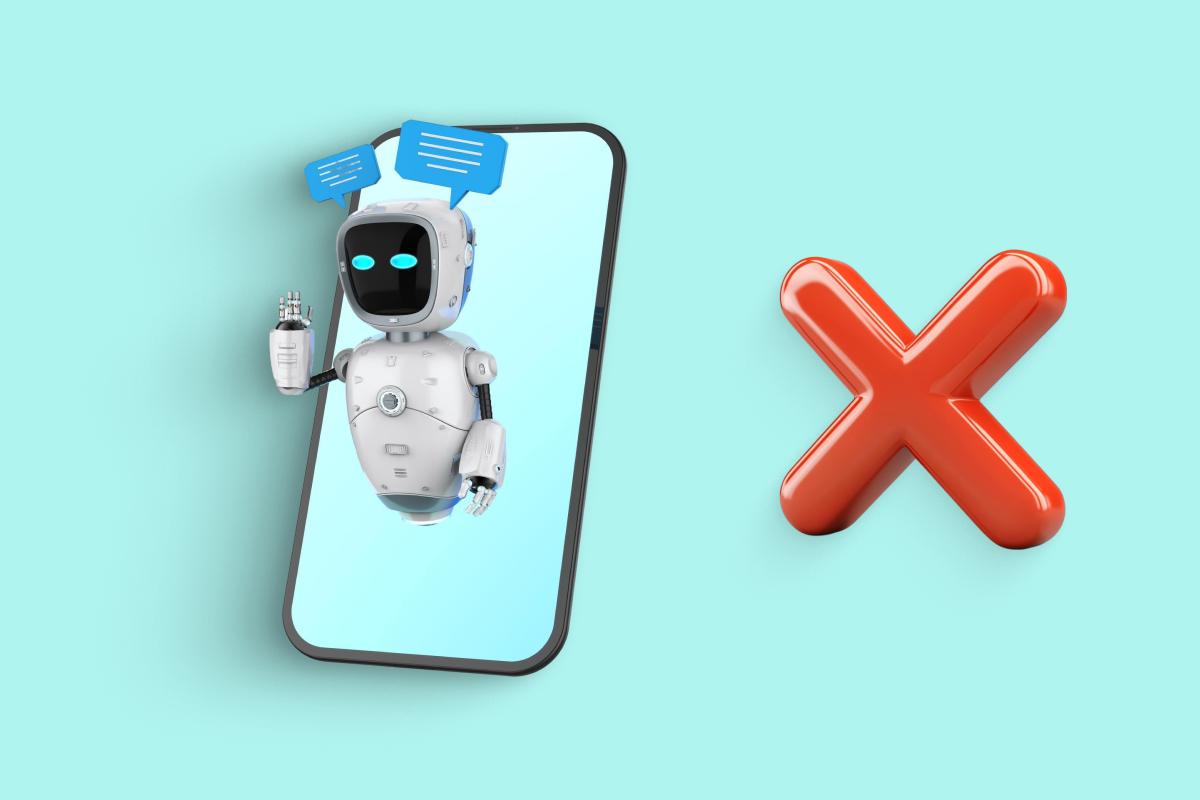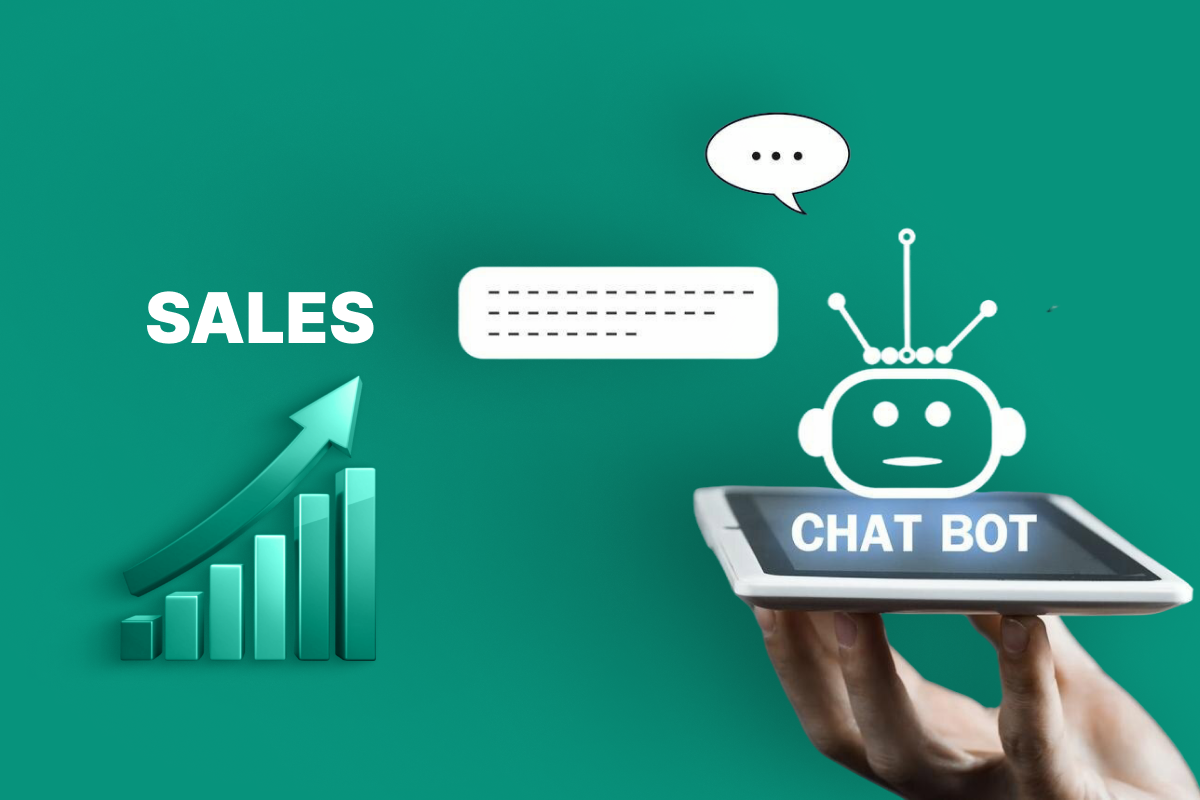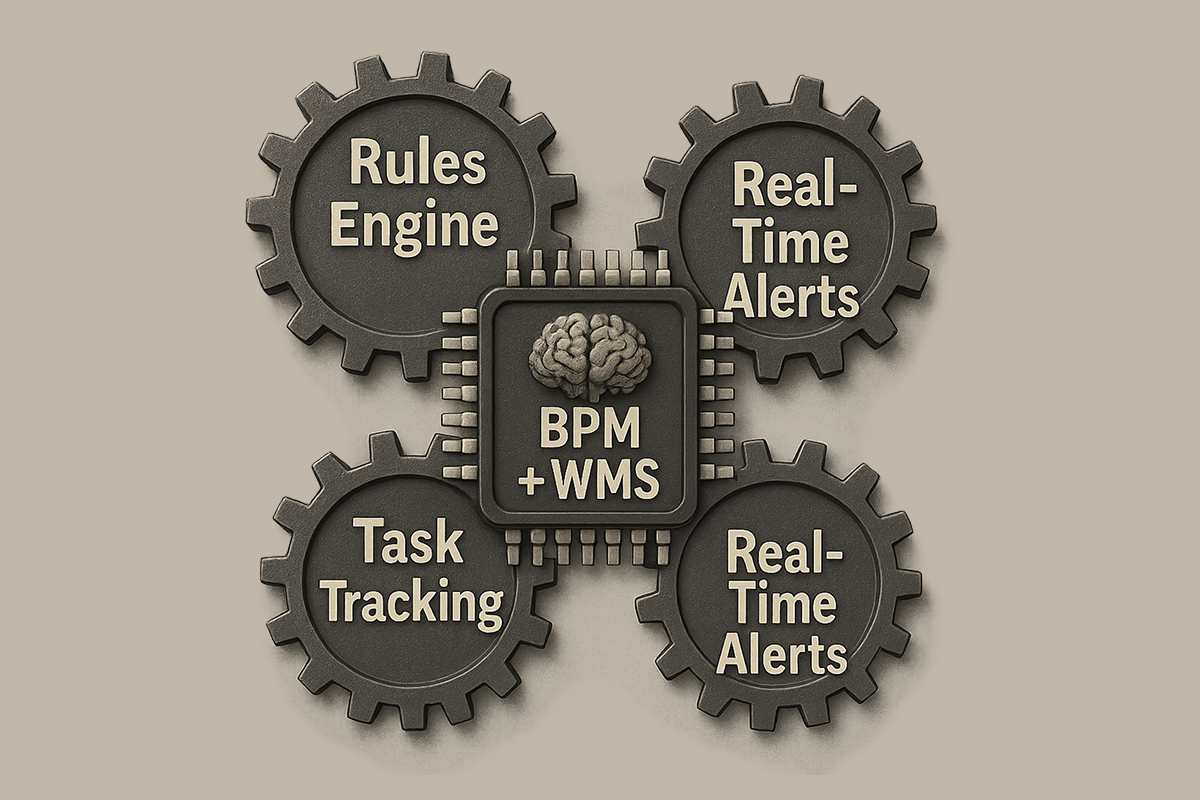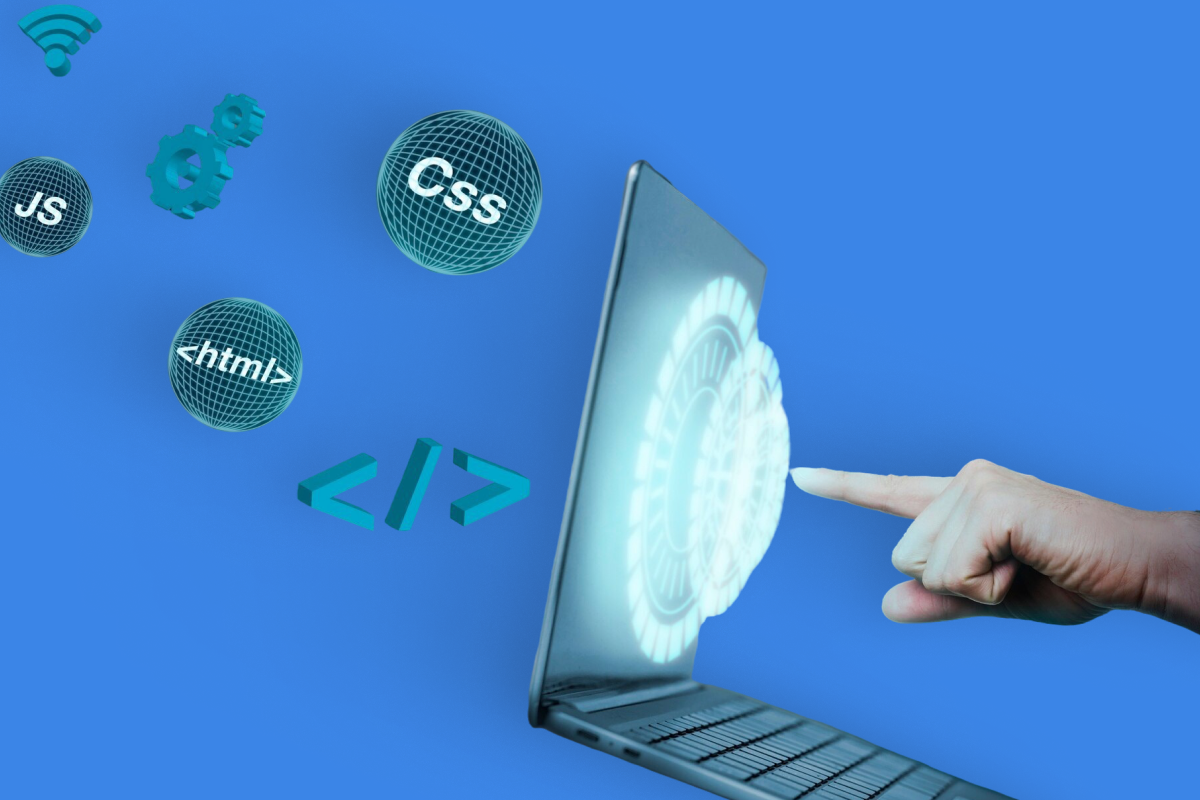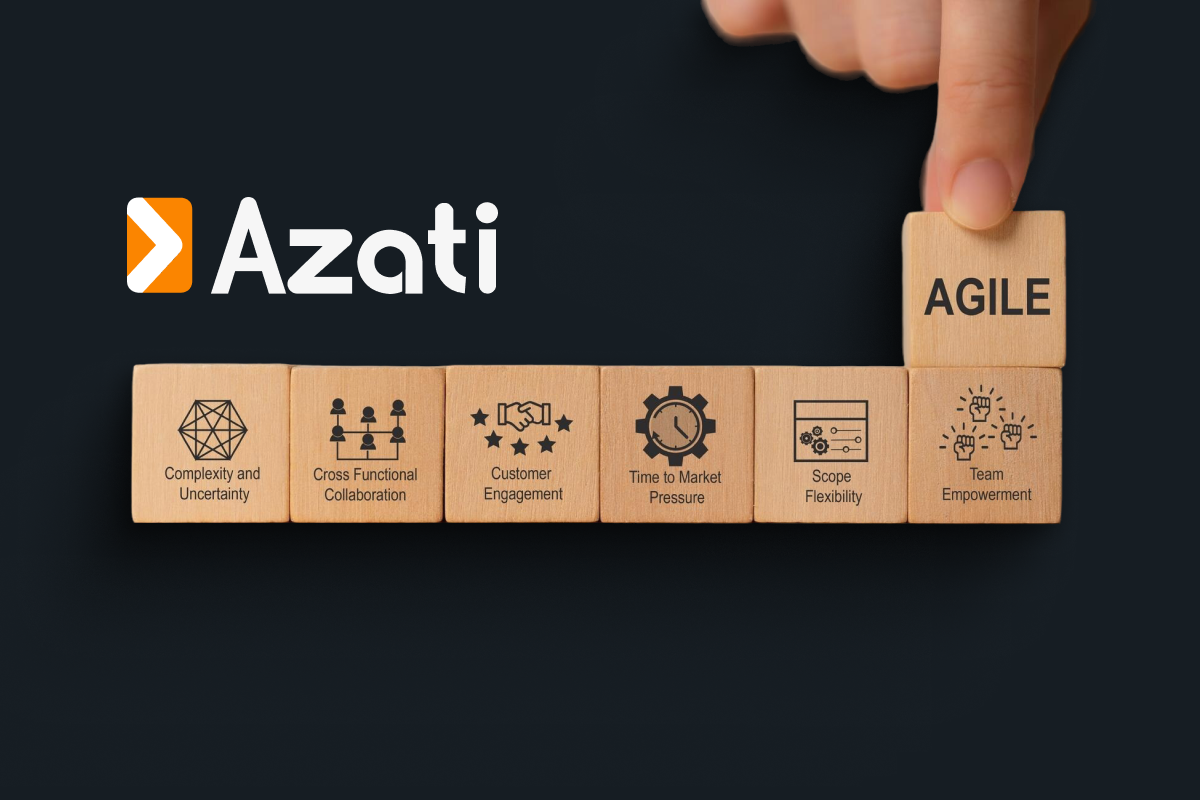When IT-evangelists say “Artificial Intelligence”, people still imagine futuristic scenes from science fiction, and well, that’s not right. However, artificial intelligence is now more than just our imagination or movie scenes.
Millions use AI-powered apps in day-to-day life and even don’t realize that. And what is more crucial, experienced marketers don’t make artificial intelligence the main feature of a product, as it can distract users from the first touch. Applications like Flo and Todoist offer artificial intelligence as a free addition to a product that already works and satisfies users.
Moreover, artificial intelligence is getting into conservative industries like healthcare (cancer detection) or insurance (fraud prevention). It’s not a secret that even huge corporations are willing to invest in artificial intelligence to take the benefits provided by intelligent data analysis and document digitization.
Can We Apply AI To Building And Construction?
Yes, we can. The distribution of AI in construction is not that wide yet, but still, it exists. As there are many examples of Artificial Intelligence in construction, let’s have a closer look at the most popular ones.
What Are The Reasons To Try AI?
The possible benefits of machine learning and artificial intelligence implementation are enormous. Let’s have a closer look at the most popular ones.
Construction process orchestration
In huge companies, it is quite challenging to track the process from the very beginning. With AI-powered applications, you can manage task scheduling and reallocation. A good example is a smart schedule, which can help a manager or business owner plan workload better to avoid any possible delays–as it tracks any events that can impact the deadlines.
If a manager suddenly gets sick or takes a vacation, the smart schedule scans the workloads of other employees, which have appropriate skills and reallocates the most critical tasks. Such software can allow you to continuously improve project planning and increase efficiency on the fly.
Developing efficient and beautiful buildings
From year to year, the construction process changes, as clients require not only the place to live but also want to live and work in a beautiful and efficient buildings. Already a proven fact, that artificial intelligence significantly boosts alternative electricity–it finds the most optimal to place solar panels and wind turbines.
This way, AI in industrial planning is gaining incredible popularity. AI-powered tools analyze the existing industrial plans to make construction even better. A vast number of documents contain data on how people create new buildings, and data scientists analyze construction plans to train machine learning models.
The main reason for this analysis is to collect the required information about the primary factors that affect overall quality and general construction costs. Data scientists train machine learning models to find the possible weak points of the future buildings.
For example, sometimes an architect can use diagrids instead of traditional steel structures not to make a building look modern, but also to decrease development costs (as AI generates diagrids), protect a building from seismic loads, and build with fewer and fewer materials sustainably.
Heating, Ventilation, and Air Conditioning (HVAC) management
Often homeowners set up applications for smart house management, which let them control specific elements of their houses such as light, temperature, pressure, etc. Usually, it does not take a lot of processing power to manage an ecosystem of a single home, but it is a more complicated task for huge plants or modern office buildings.
For example, modern data centers rely on complex HVAC systems with high energy efficiency, as for every additional cent spent will affect a server collocation costs, which makes a company less attractive in comparison to competitors.
AI can efficiently operate with a colossal amount of sensor data simultaneously – as data sometimes is unstructured and controversial, and it is quite tricky for regular software used for HVAC monitoring. Also, machine learning is capable of predicting collisions and accidents until these issues happen.
Some large hotels have already built customized applications for HVAC management. These applications are used both by personnel and guests, but what is more important – these apps provide the required information for hotel management and owners helping to cut down on-going costs and track equipment deterioration.
Industrial plans digitization
Another known issue is data extraction from complex documents like pipeline layouts, industrial plans, manufacturing schemes and maps obtained from the third-party vendors and partners.
There are millions of documents companies want to extract data from. We can categoriza all these documents into many groups according to many patterns, and later use this patterns to create templates. After all, algorithms use these templates to extract data from documents.
Shortly, it is an extremely complicated tech-related task, as there is a massive list of technologies involved in this process. That’s why the most often companies rely on third-party data entry vendors, who extract the required information by hand.
There are several issues with data privacy and security, as there can be personal data or information that concerns specific business interests.
Until recently, it was a costly and time-consuming process. Even for huge data entry companies, it takes weeks to process hundred thousand of documents, and they usually charge from $7 to $19 per document according to its complexity.
That’s why our engineers built a solution for engineering drawings digitization powered by artificial intelligence to extract data from on-paper maps, schemes, and other technical documents with a complicated structure. Not it takes from $1 to $7 to process a single document.
Prevent cost overruns
No doubt that cost overruns are an often situation in any business. No matter if the team or idea is good or not, you will probably go over budget. The only difference is how much money will be wasted.
Based on various factors such as job complexity, project size, used materials or contract type, AI can estimate approximate costs overruns according to similarities while developing previous projects. Moreover, artificial intelligence can calculate the overall costs, taking into account all problems and possible risks rely on the data from earlier projects.
Accident probability reduction
Since the construction industry is one of the most traumatic, a considerable amount of risks is associated with different accidents. That’s why a construction company needs to analyze the main prerequisites and try to avoid all possible accidents in the future.
We can divide accidents into groups: human and equipment-related. Usually, to prevent all human-related issues companies develop long policies and sets of rules. But still people quite often disrupt safety regulations.
Several open-source libraries analyze images and videos from the safety cameras in the real-time. These tools can detect abnormal behavior and alert the construction company.
Equipment-related issues are also quite common, as huge companies often rely on personnel while maintaining sophisticated equipment. We’ve recently built a solution (in fact a custom questionnaire application) that helps a municipal government track the equipment deterioration. To tell the long story short, the group of employees inspects the equipment, takes and uploads photos, and fills in the reports.
As we already mentioned, there are python libraries that analyze images with ease. Engineers train machine learning models to detect anomalies in the photos and prevent additional expenses.
As yesterday’s failures are today’s successes, every company needs to store information about the most critical accidents they faced while developing previous projects. Data scientists investigate how these accidents happened to find out the events to prevent.
The data can include not only documentation but also images, audio, and video materials. In other words, artificial intelligence is capable of tracking accidents and predicting them, staving off damaging situations.
Big data processing
AI is capable of processing and analyzing immense volumes of information. Self-learning algorithms let you process complex unstructured data in hours when it took years to process these data manually.
Data scientists manually map and cleanse some data to create so-called sample datasets. These datasets are used as initial data for machine learning. According to these datasets a model investigates the existing data in search of valuable insights.
Sure, this type of work can be done by human as it was made in the 90th. There were specialized data analysis departments, who dig up data to find the required correlations. But now we can do it without spending a lot of money and resources with one single script.
Everything that is required for machine learning to do its job is well-prepared and reliable data. No matter how brilliant a person intelligence may be, it’s a bit hard to digest the Big Data without automatic processing.
Potential Problems You Can Face:
Data management and warehousing
There is a considerable amount of information required for machine learning model training, which is quite hard to manage. To truly realize the potential of AI-based solutions, you have to integrate all possible sources of data. That’s why you need to create a unified platform to store, access, manipulate the data.
Artificial Intelligence still requires human help
Unfortunately, artificial intelligence cannot replace human. In particular cases, we still cannot use it without the commitment of operator. Especially in construction industry. Since here each decision or event is based on many external factors and may lead to different consequences.
The Future Of AI In Building And Construction
AI is no longer the future – it’s now and here – in our houses and pockets.
Today, artificial intelligence is a faithful assistant to humans. But many – science fiction, scientists and the public audience are wondering: if tomorrow AI becomes smarter than man, what then?
But actually, nothing is going to change. Here’s the catch in the definition of “smarter”. A computer cannot solve problems by itself, and it still requires human help.
As a result, no matter what if the computer task — pattern recognition system or playing chess — it all comes down to a mechanical, but intelligent decision making and choosing the most optimal one.
However, the construction industry is ready for meaningful digital changes.
There is a vast number of applications and software built upon artificial intelligence and machine learning. Because AI is about details, you may not even suspect that your solution uses artificial intelligence.
As we mentioned earlier, there are numerous ways of applying AI. Even if machine learning technologies seem to be quite expensive (what is one of the most widespread misconceptions), but they are worth to be used, and the result won’t be disappointing.
Conclusion
Despite the mentioned problems, machine learning and artificial intelligence have boundless potential in construction. Artificial intelligence is a tool that provides a more intuitive process of human interaction with programs and data.
If you liked or disliked this article, or maybe you want to share your thoughts – please drop us a line. Your feedback helps us to deliver better content.
